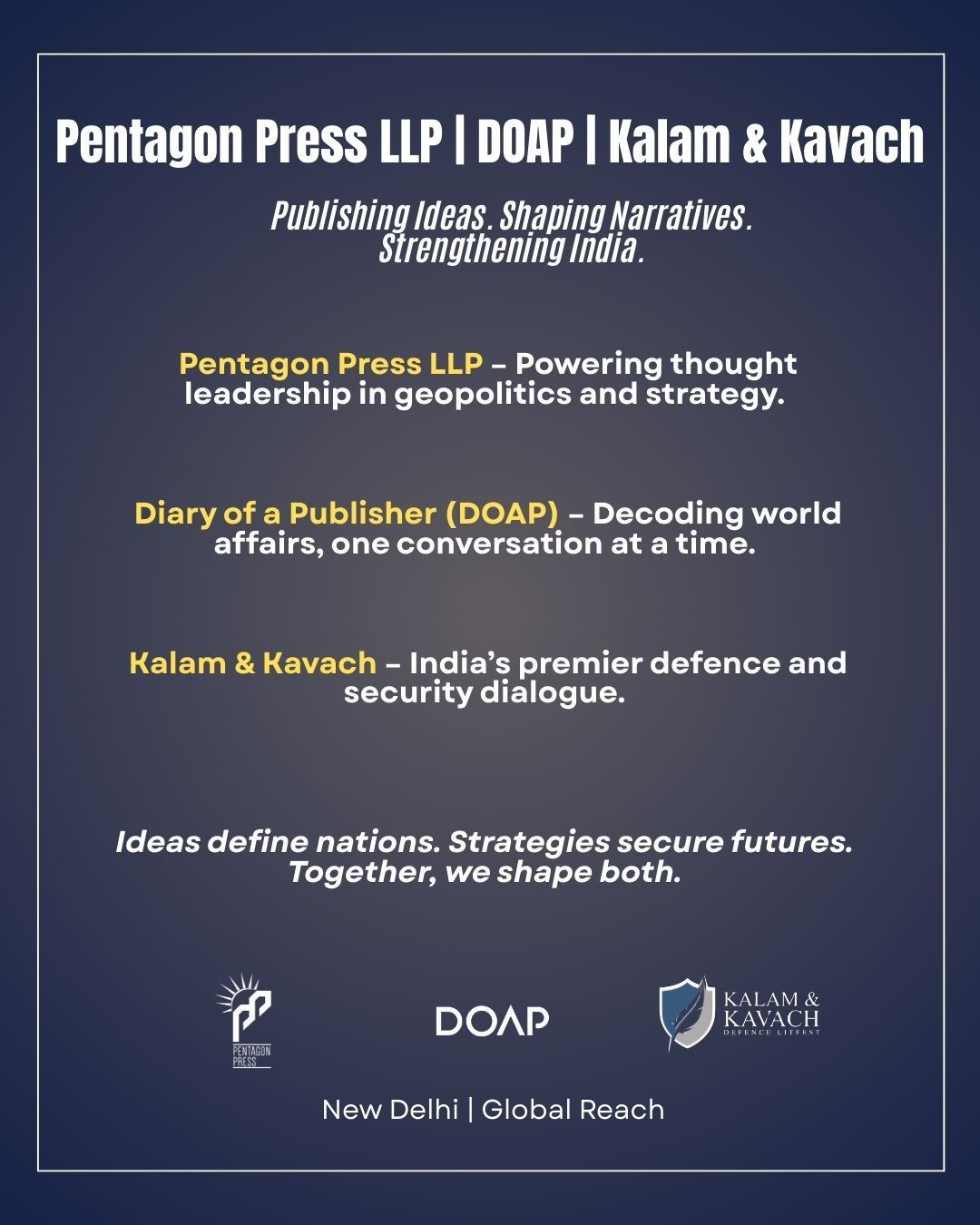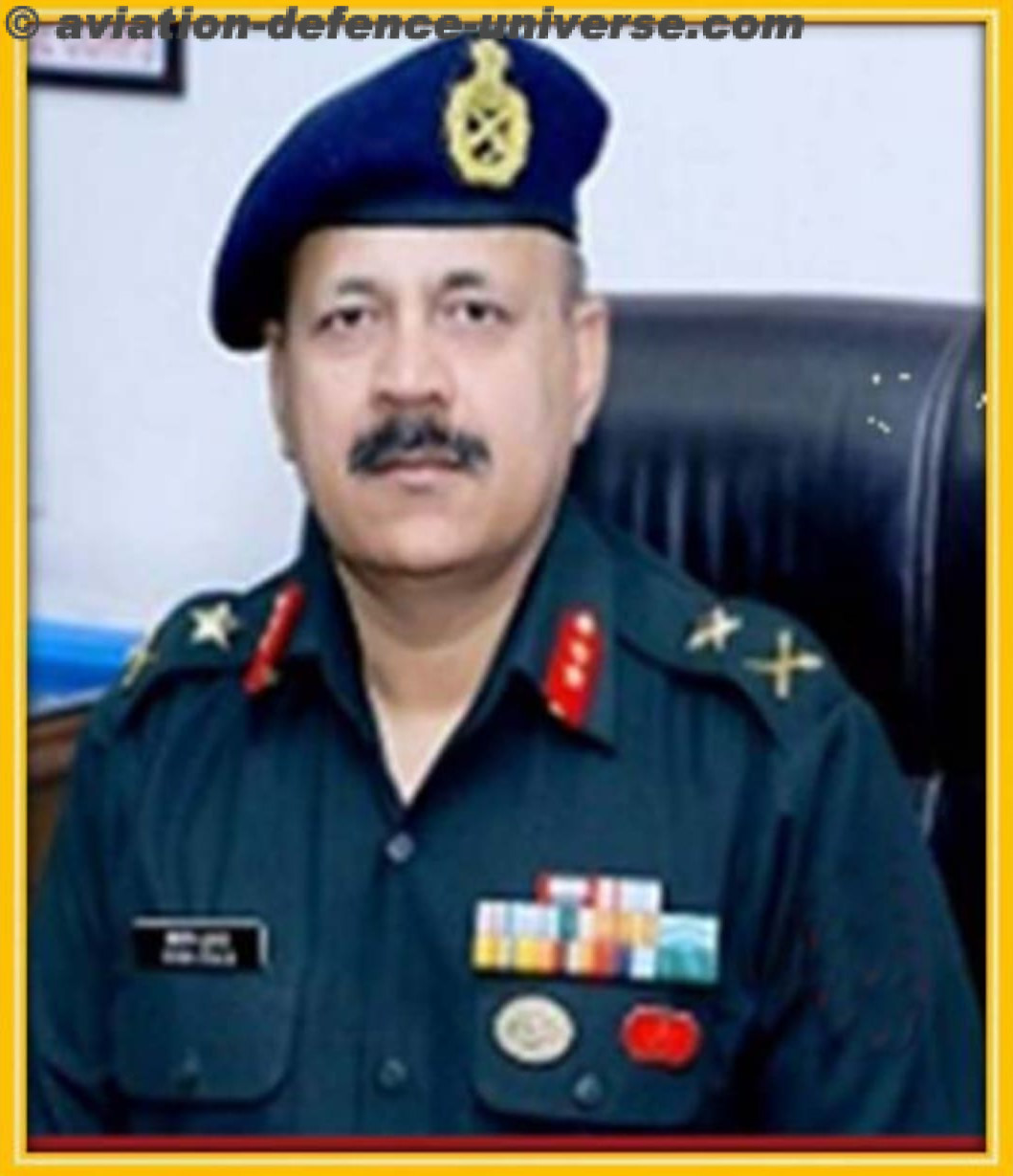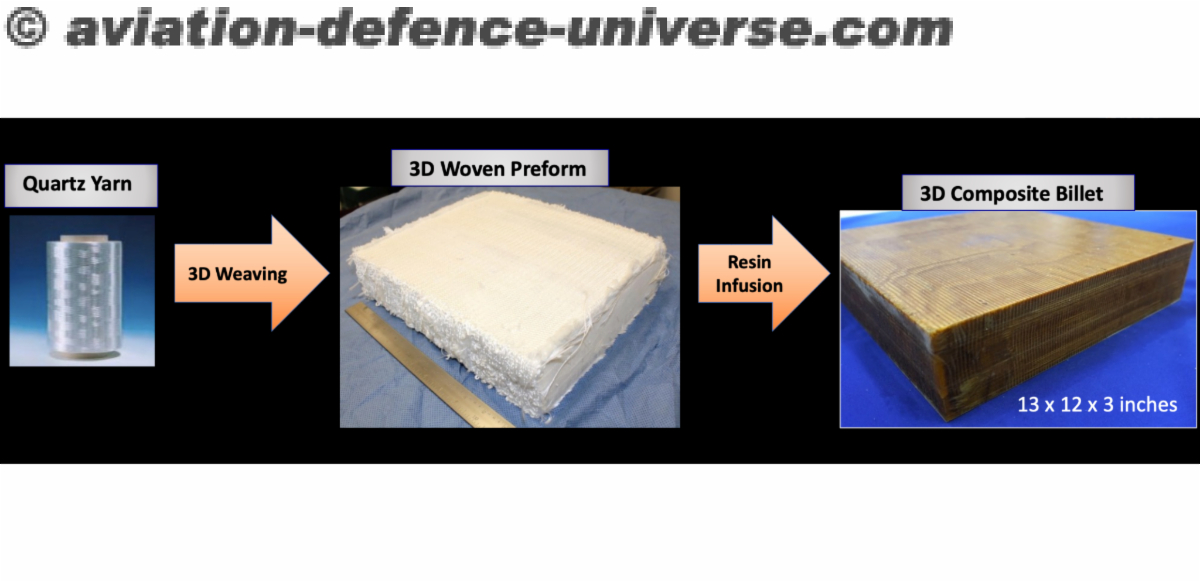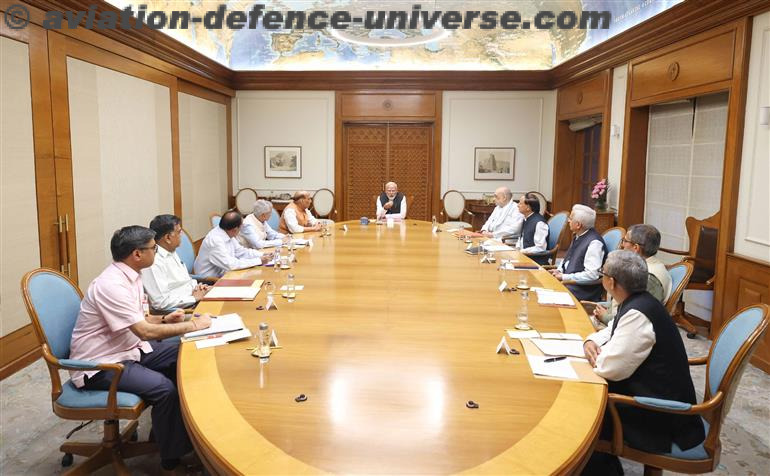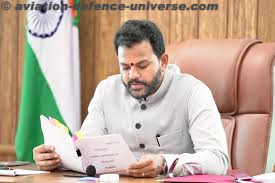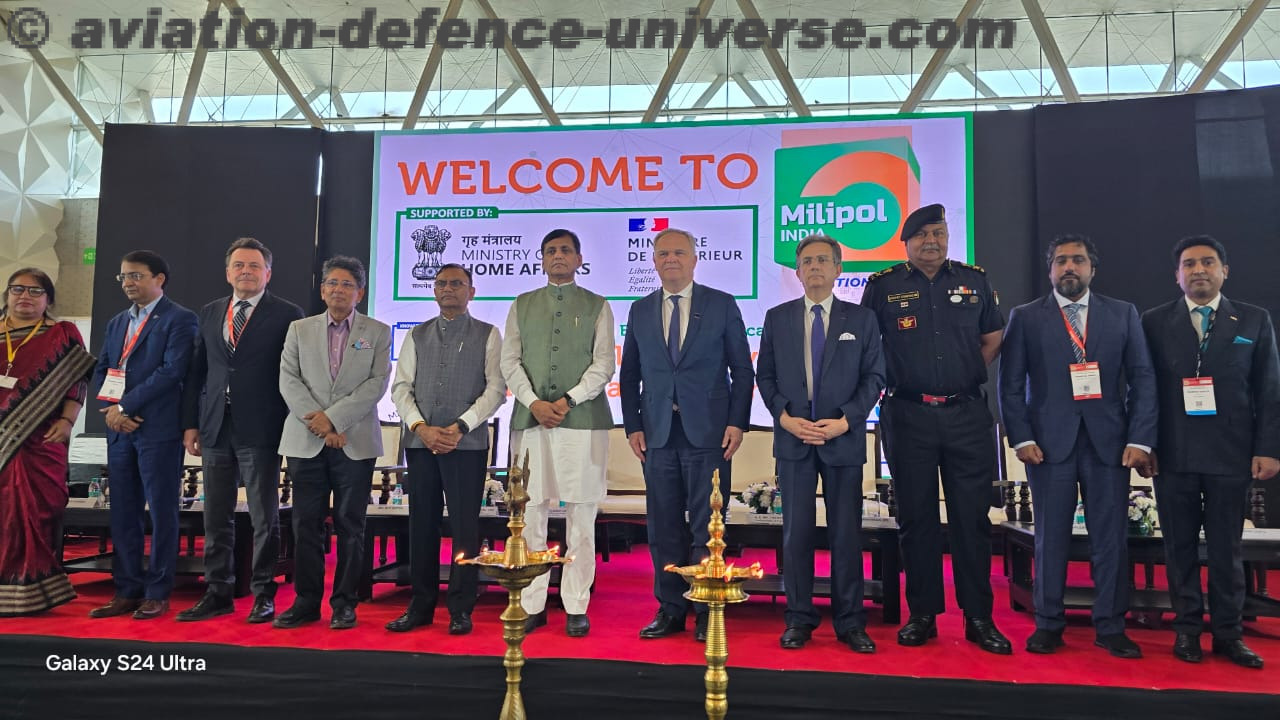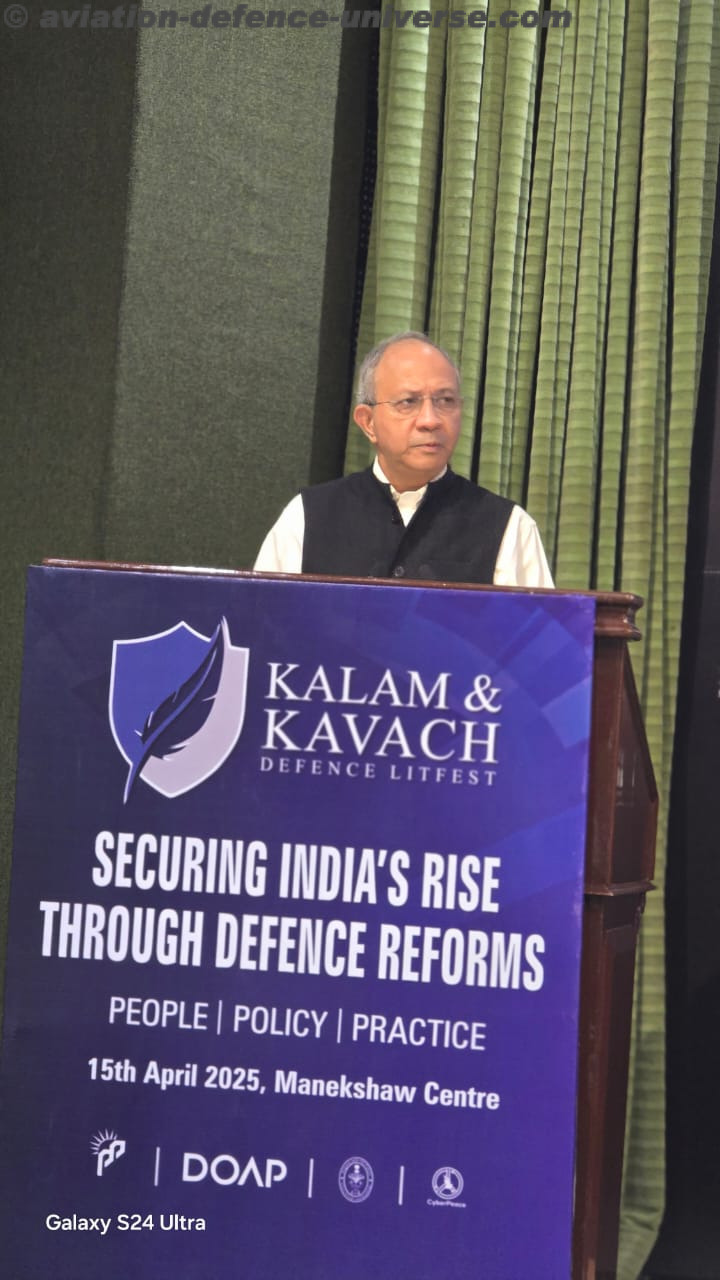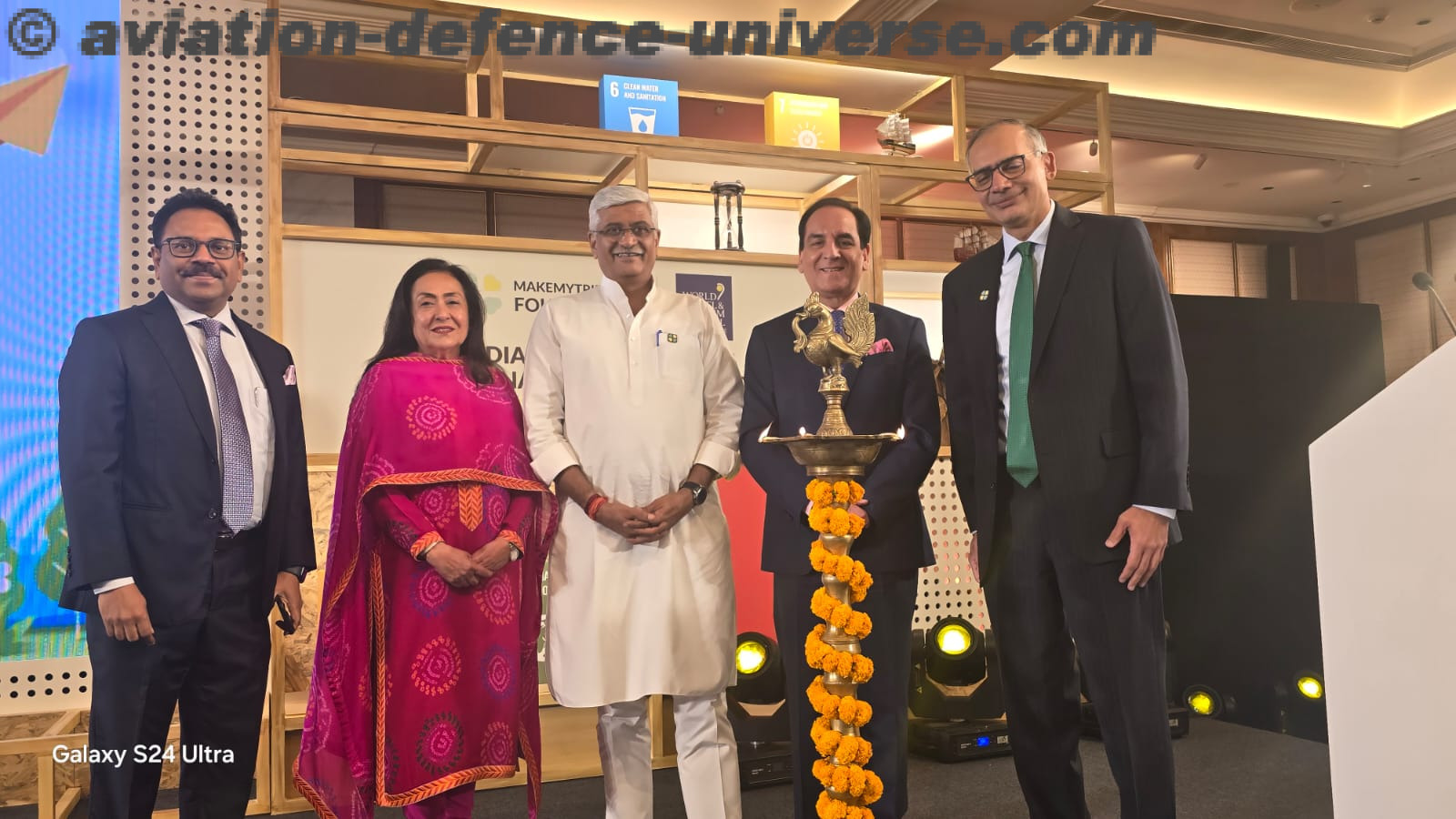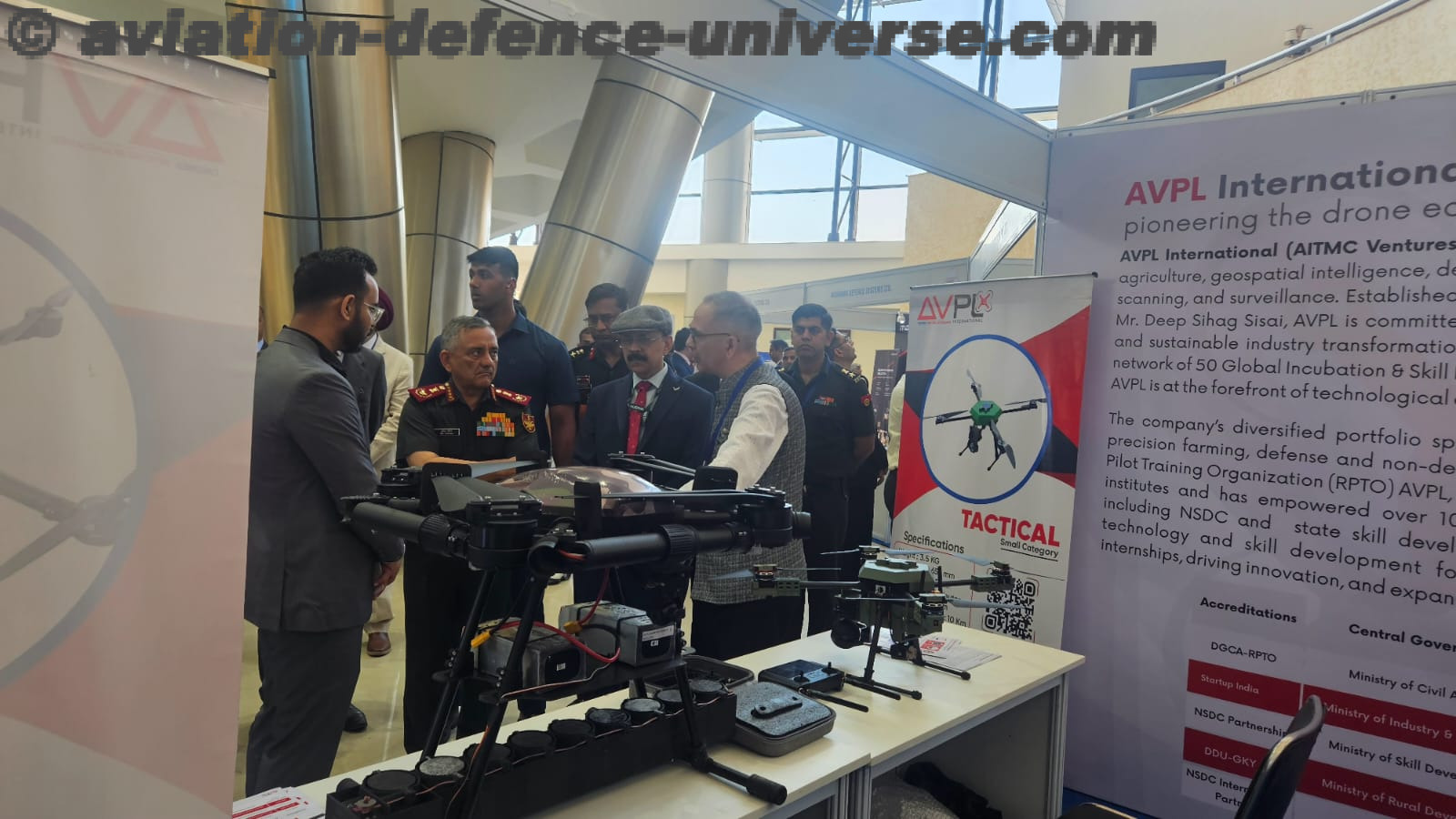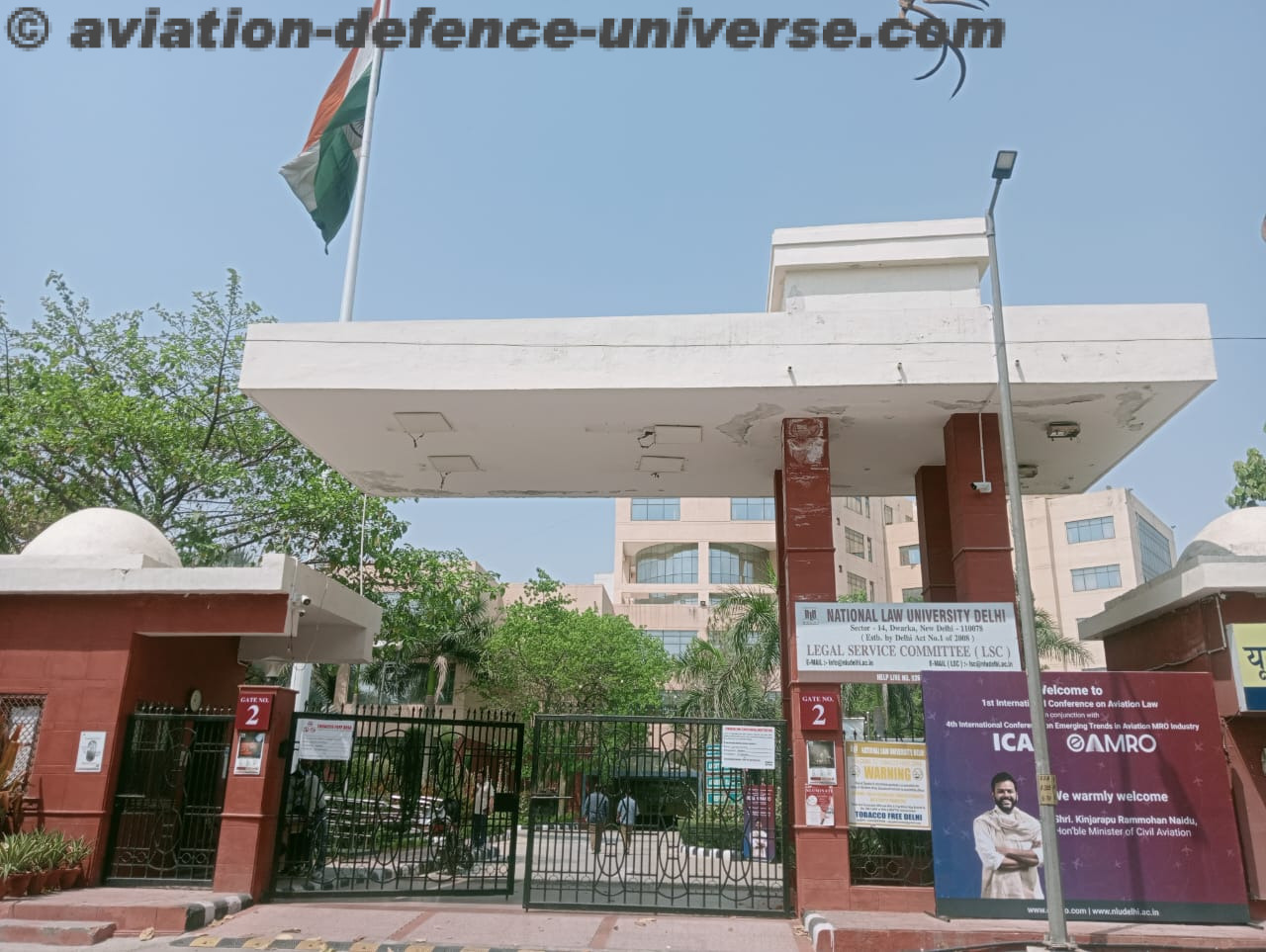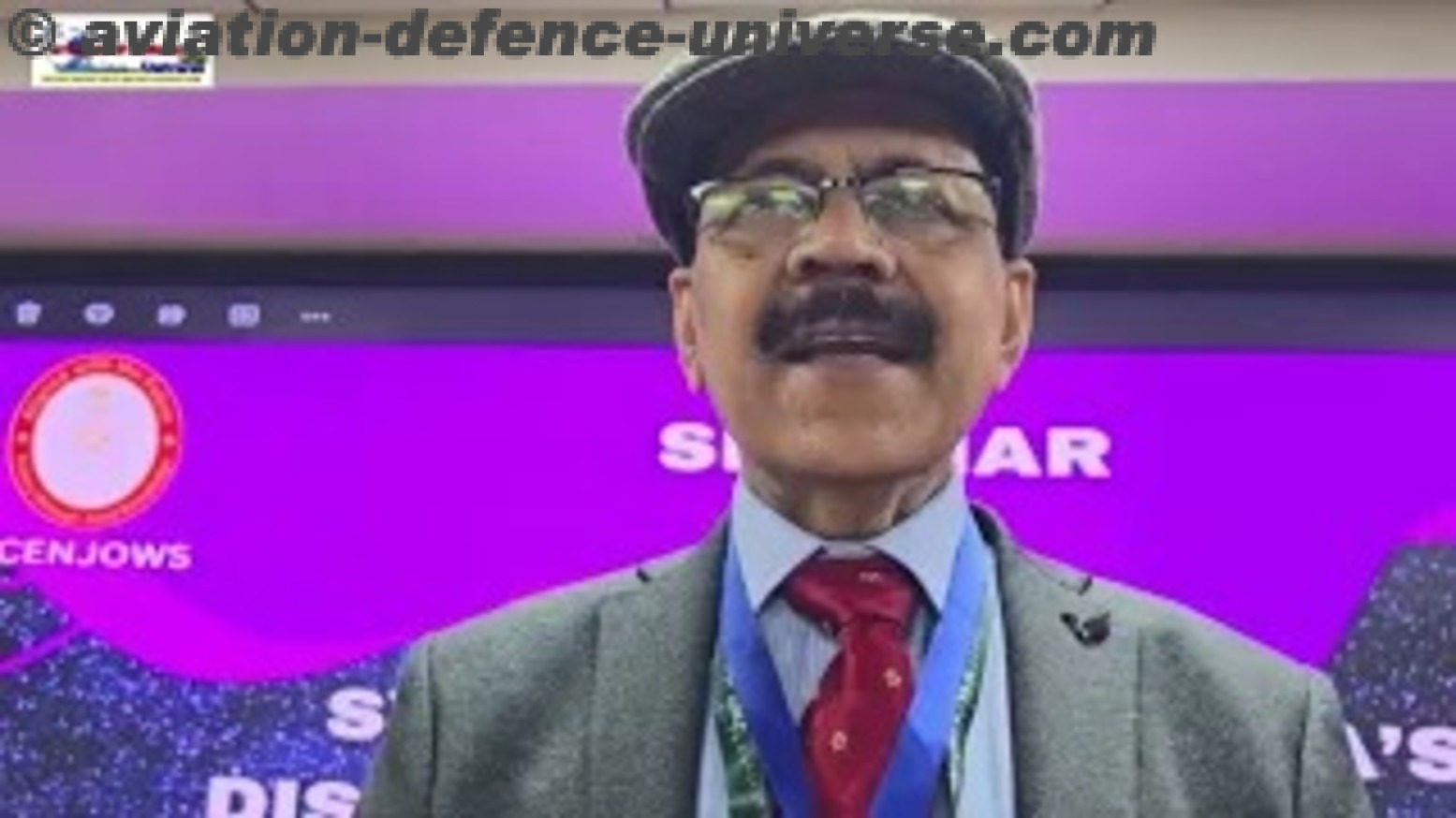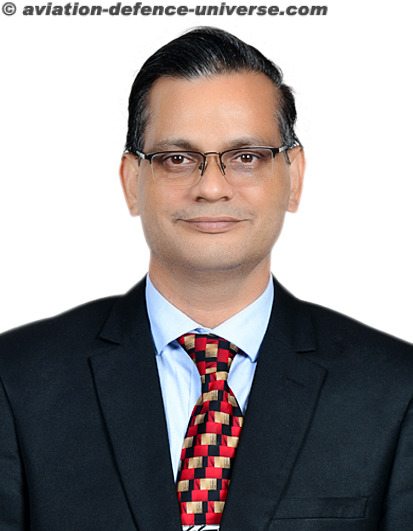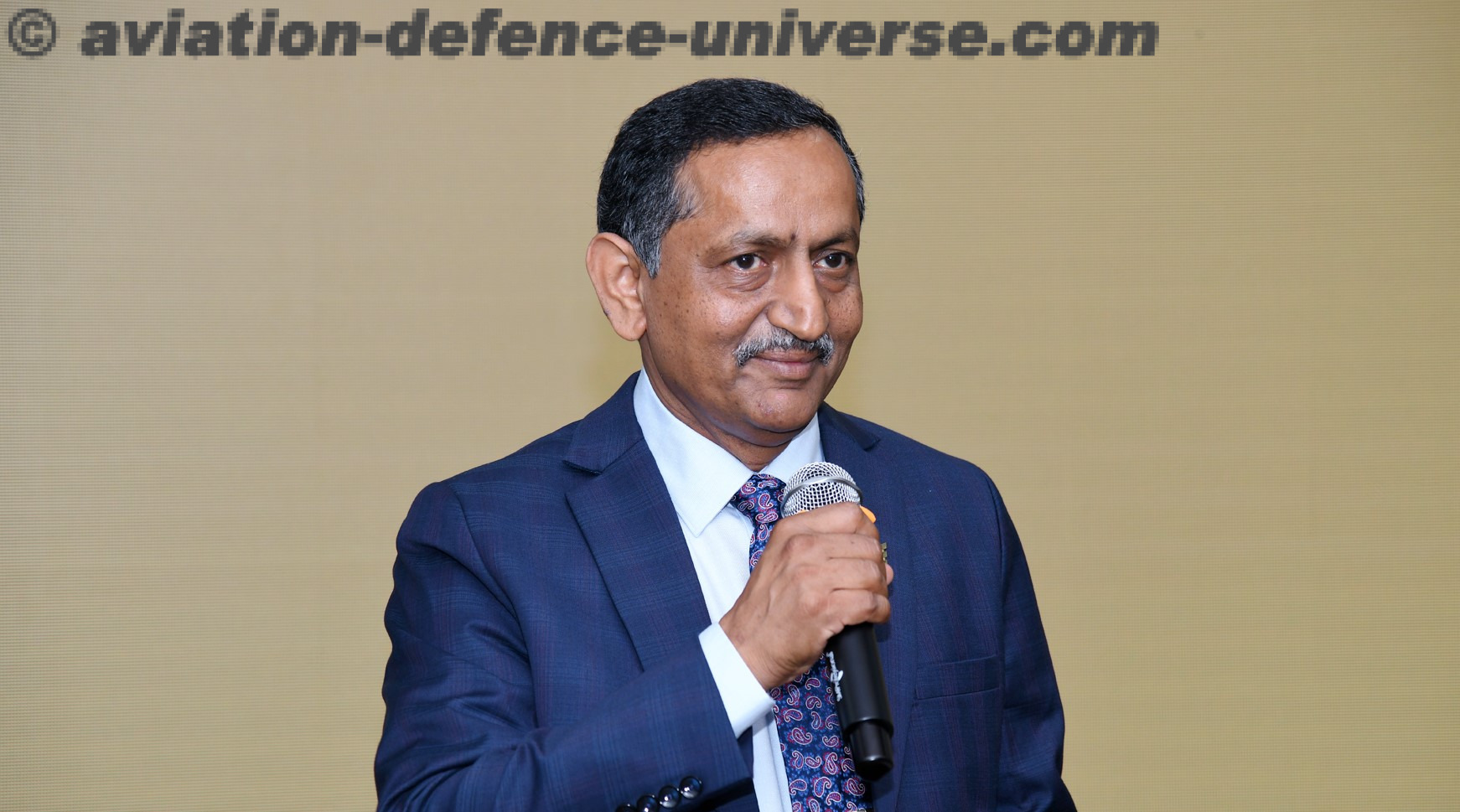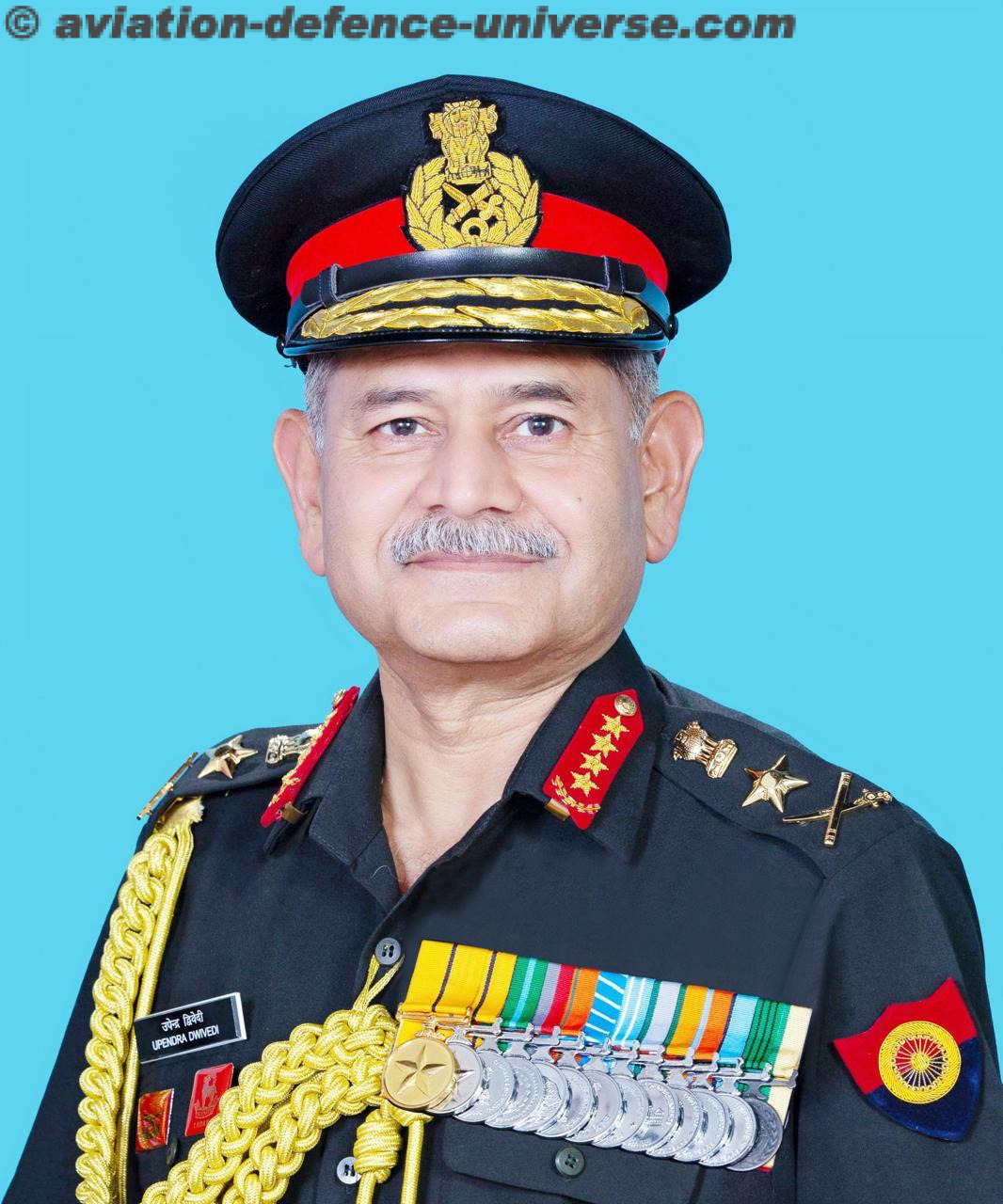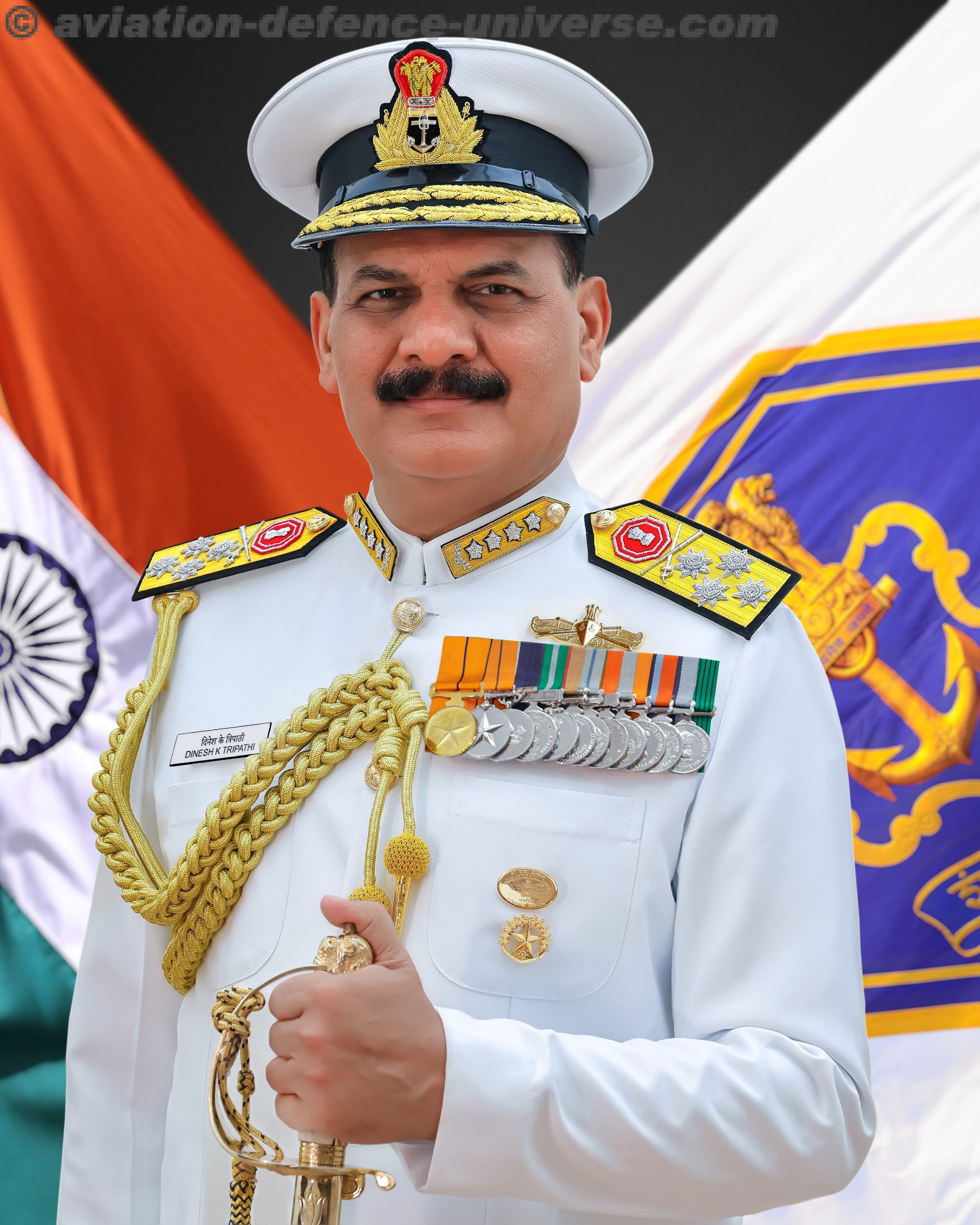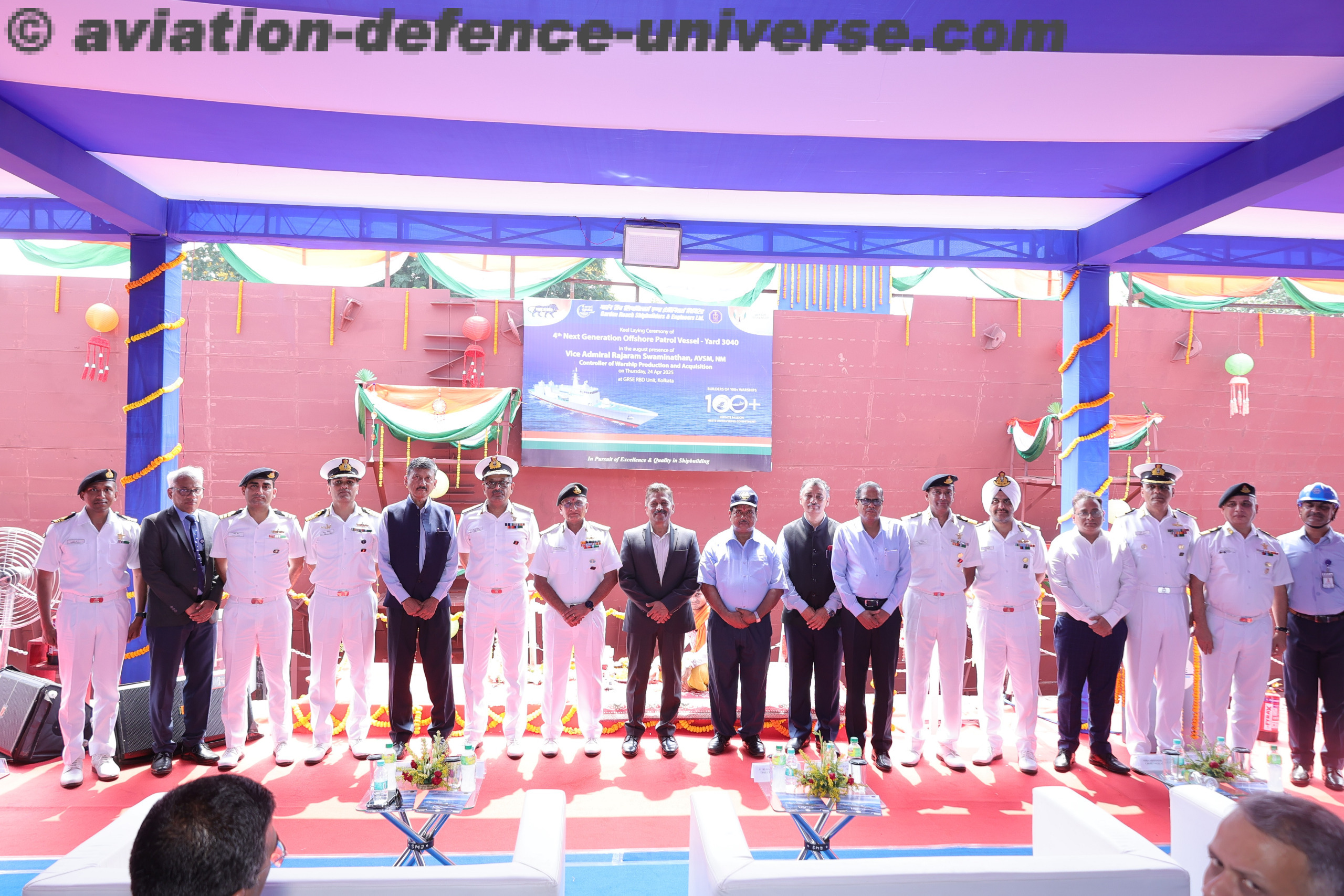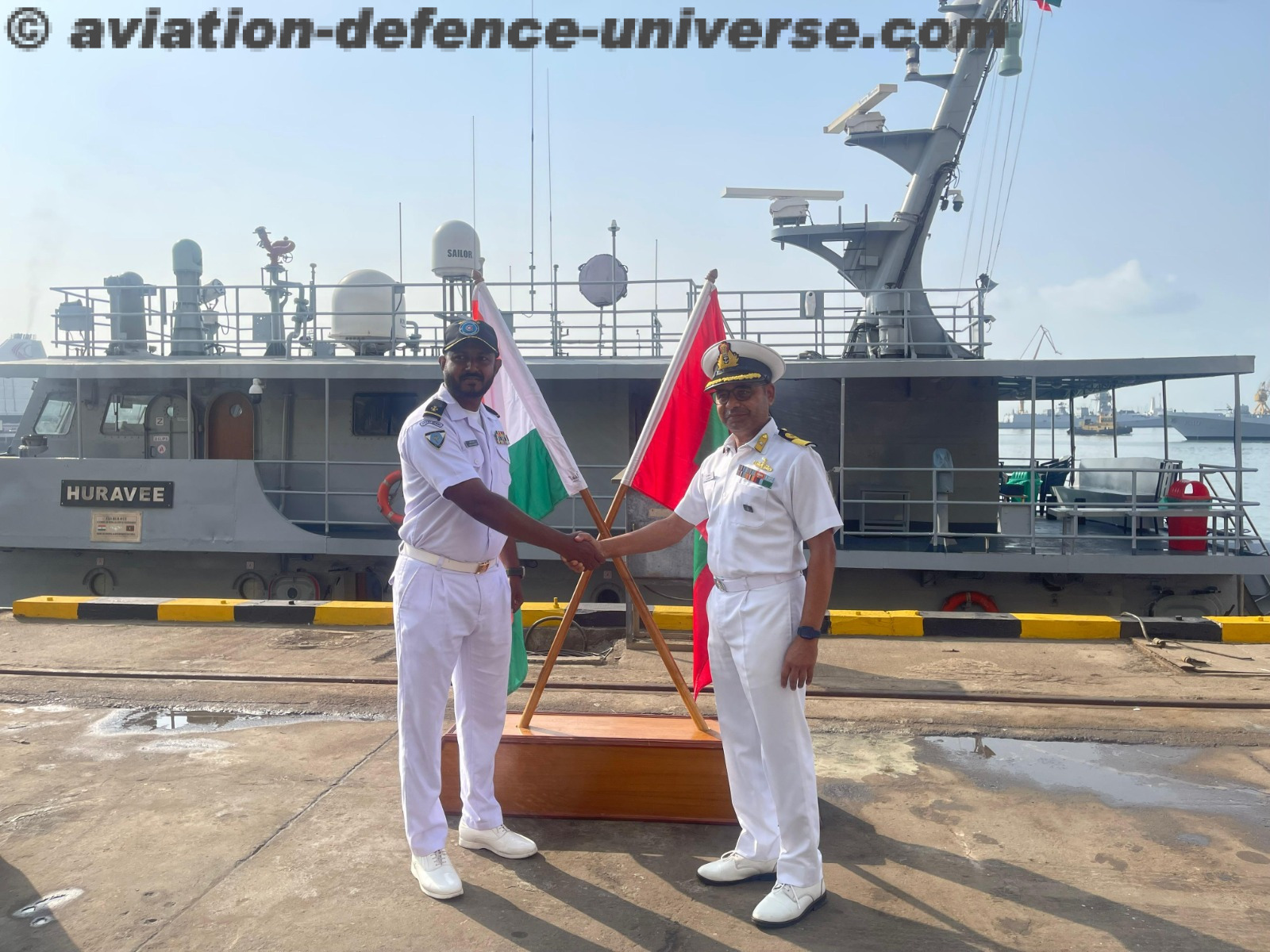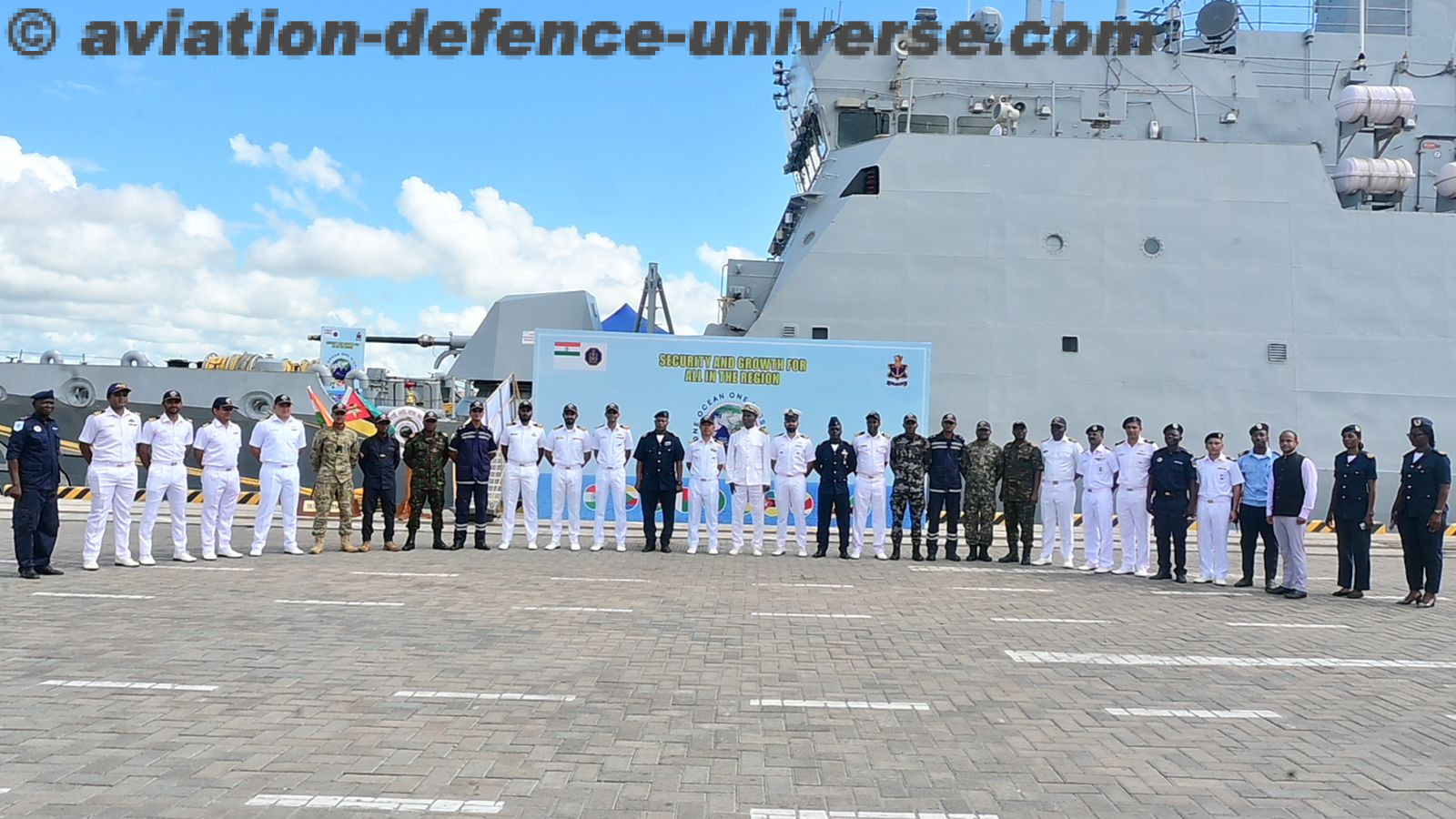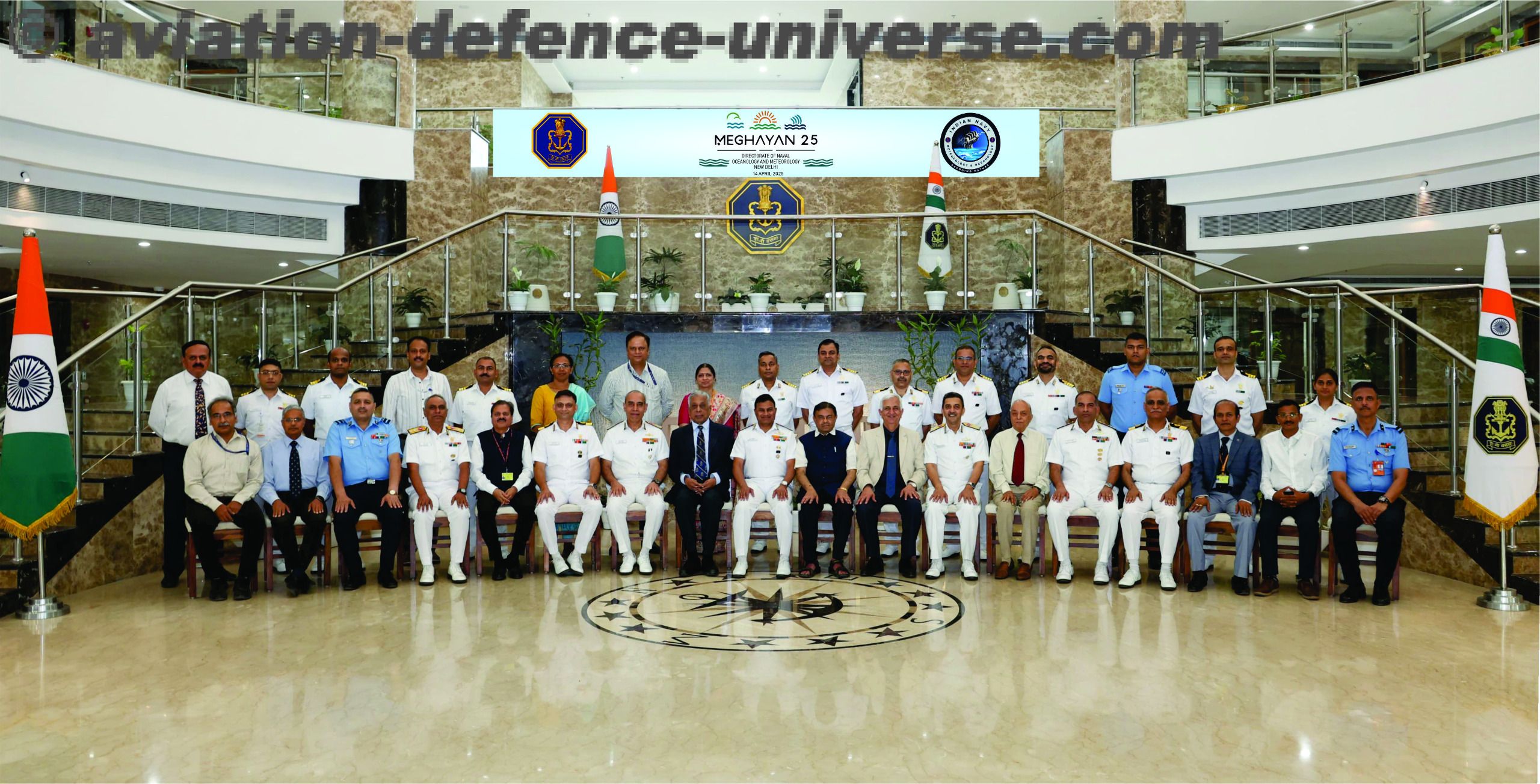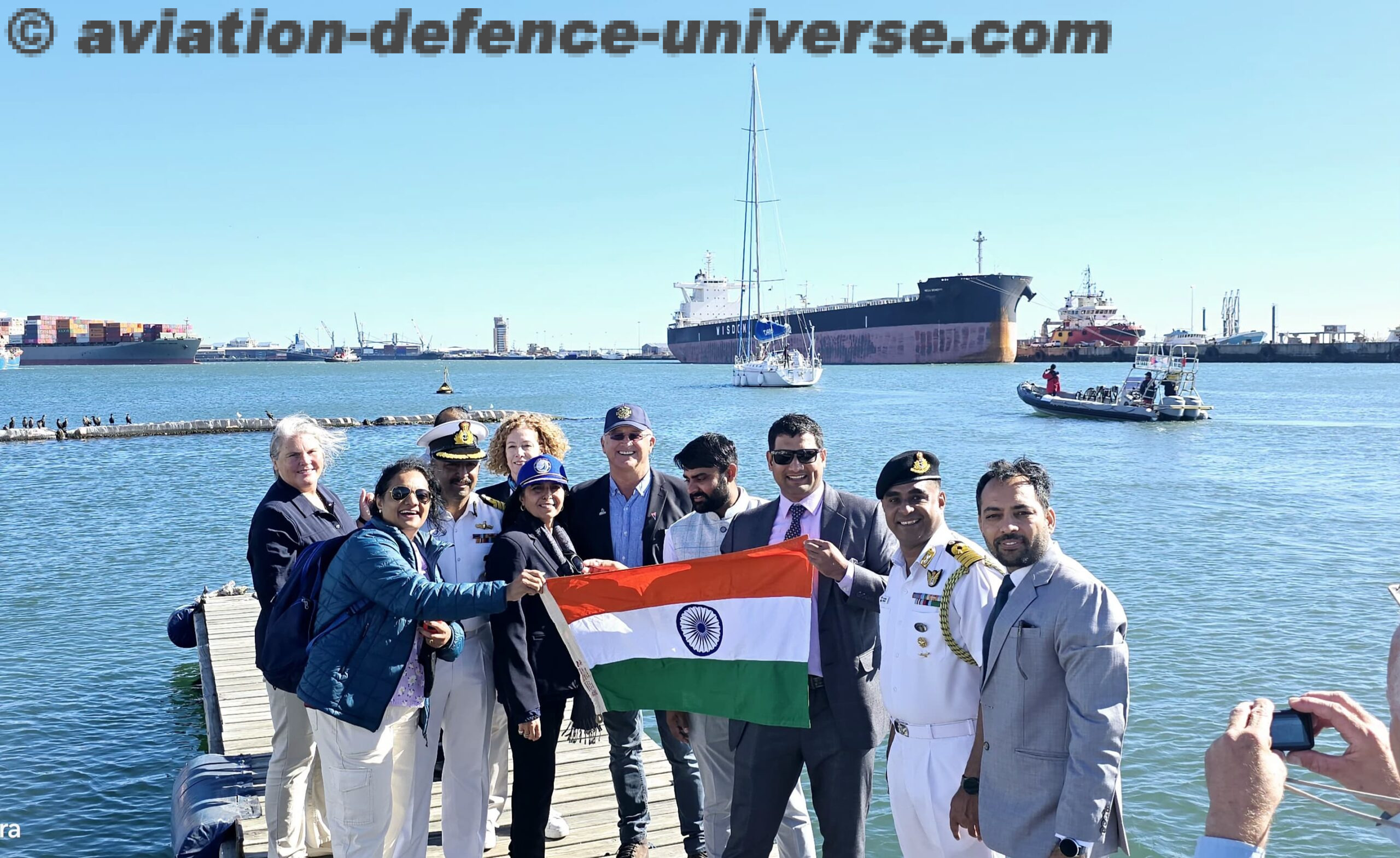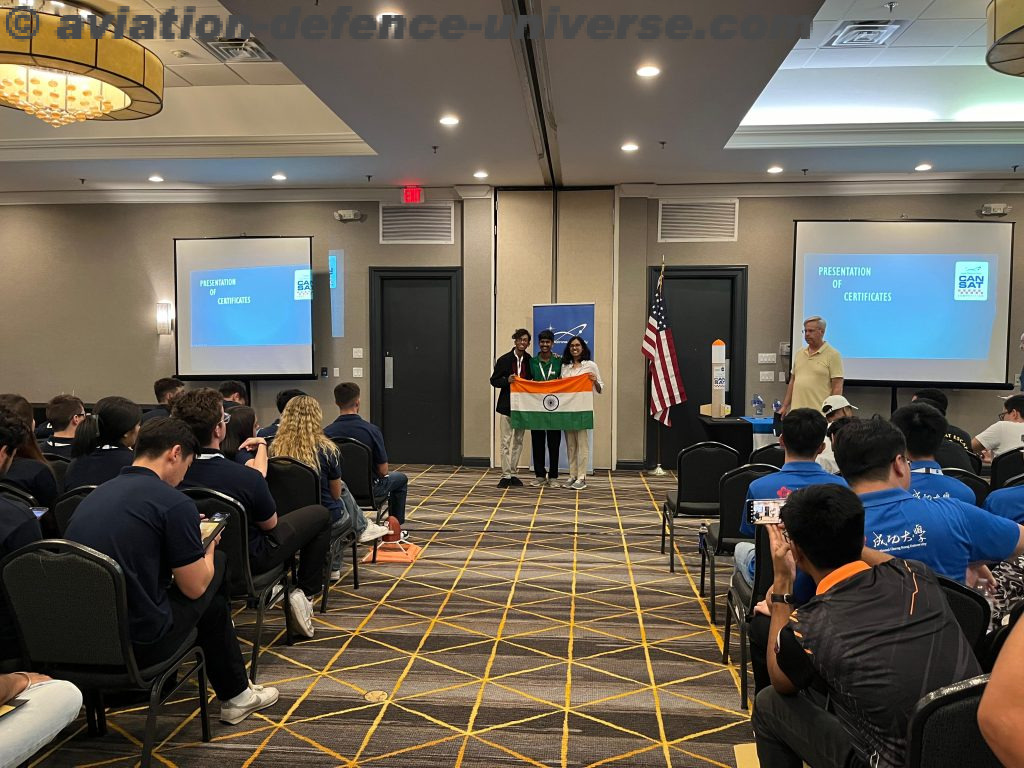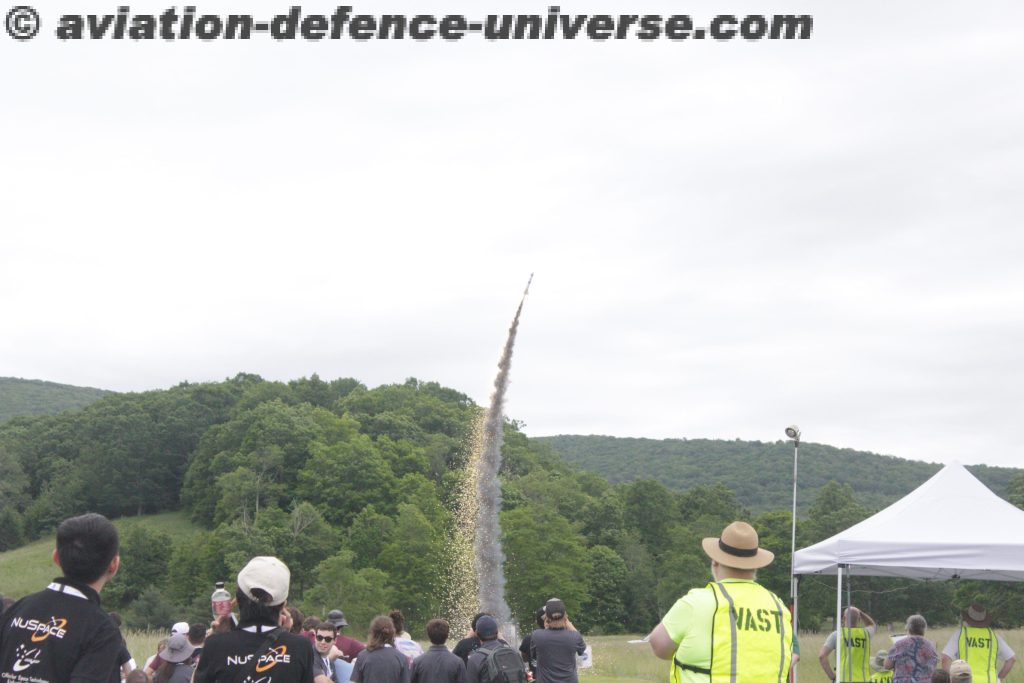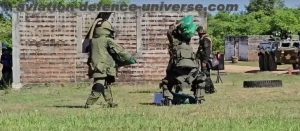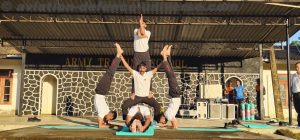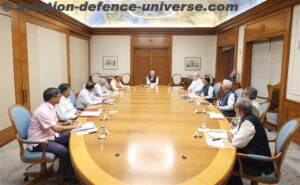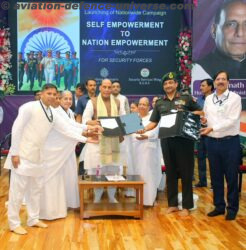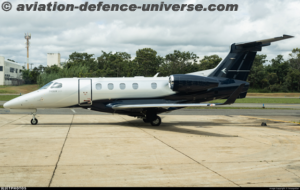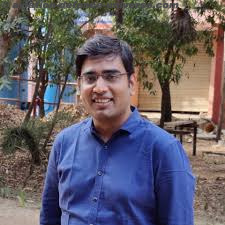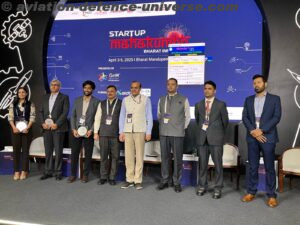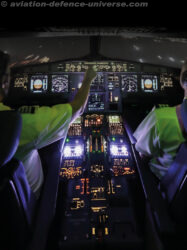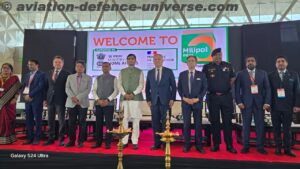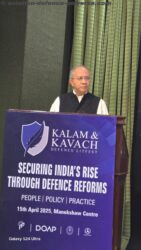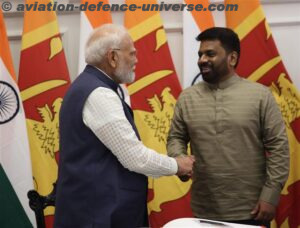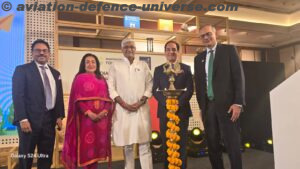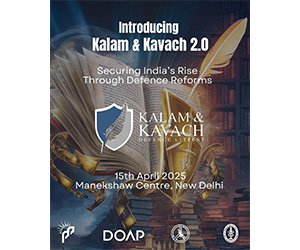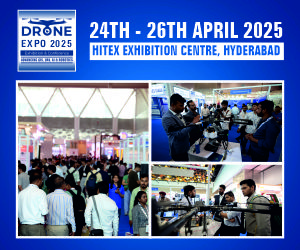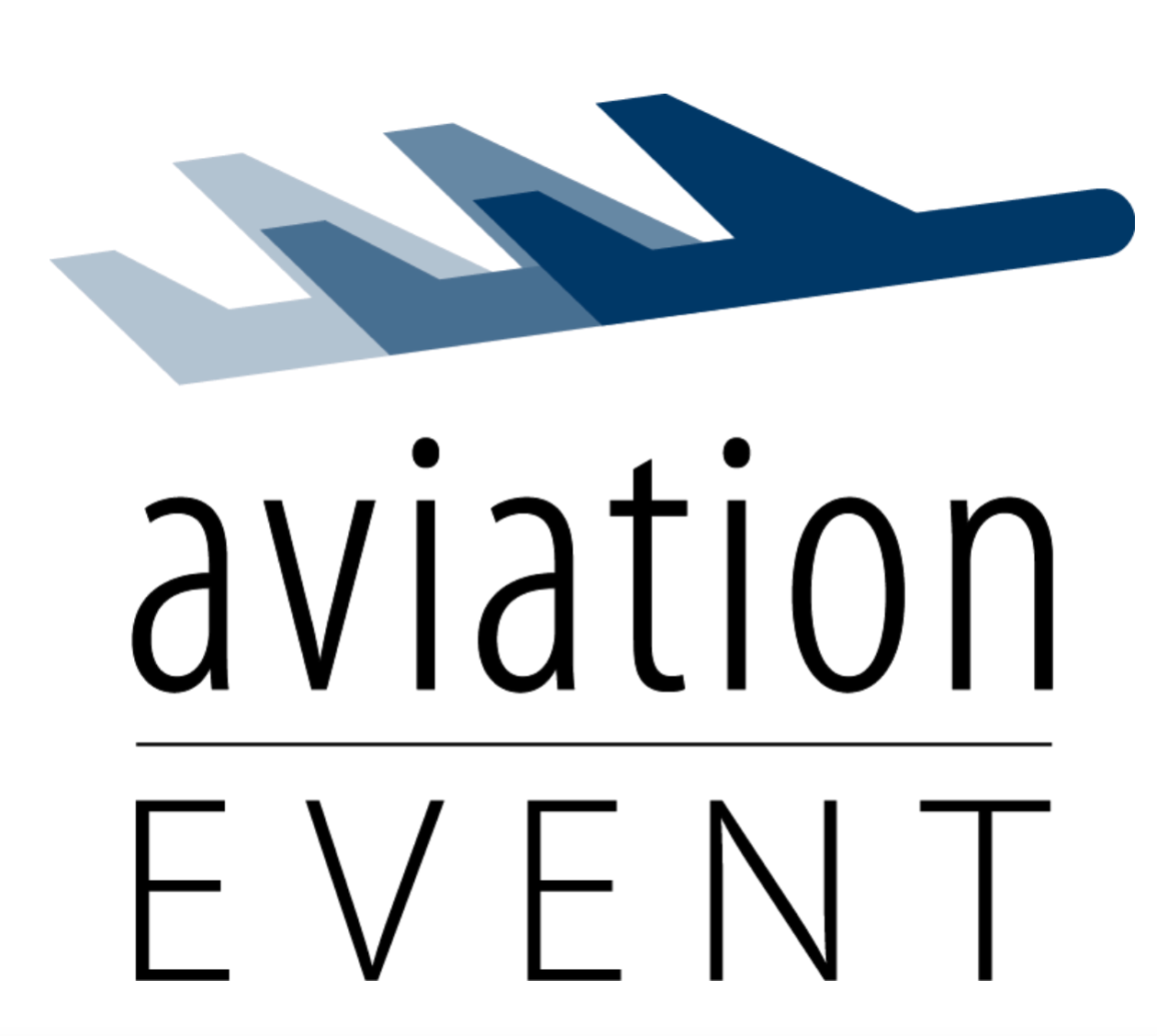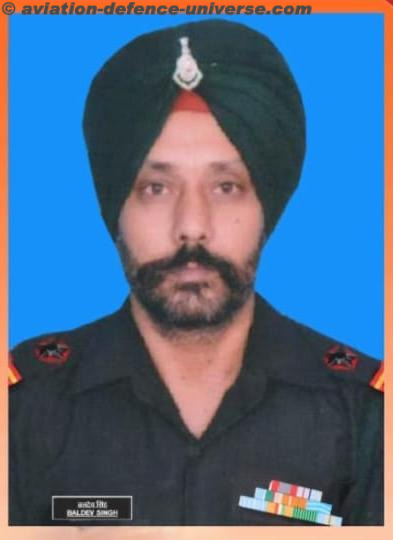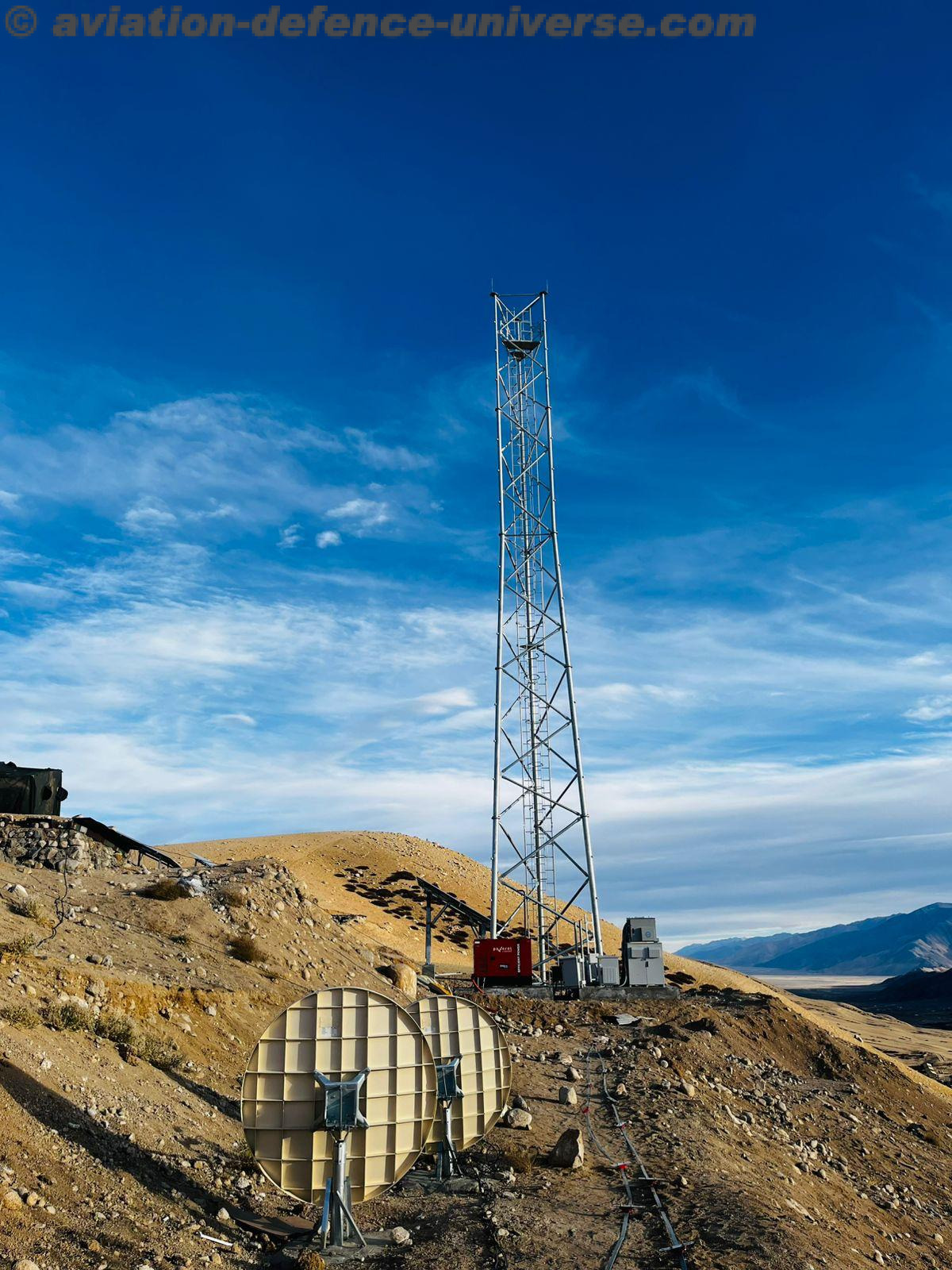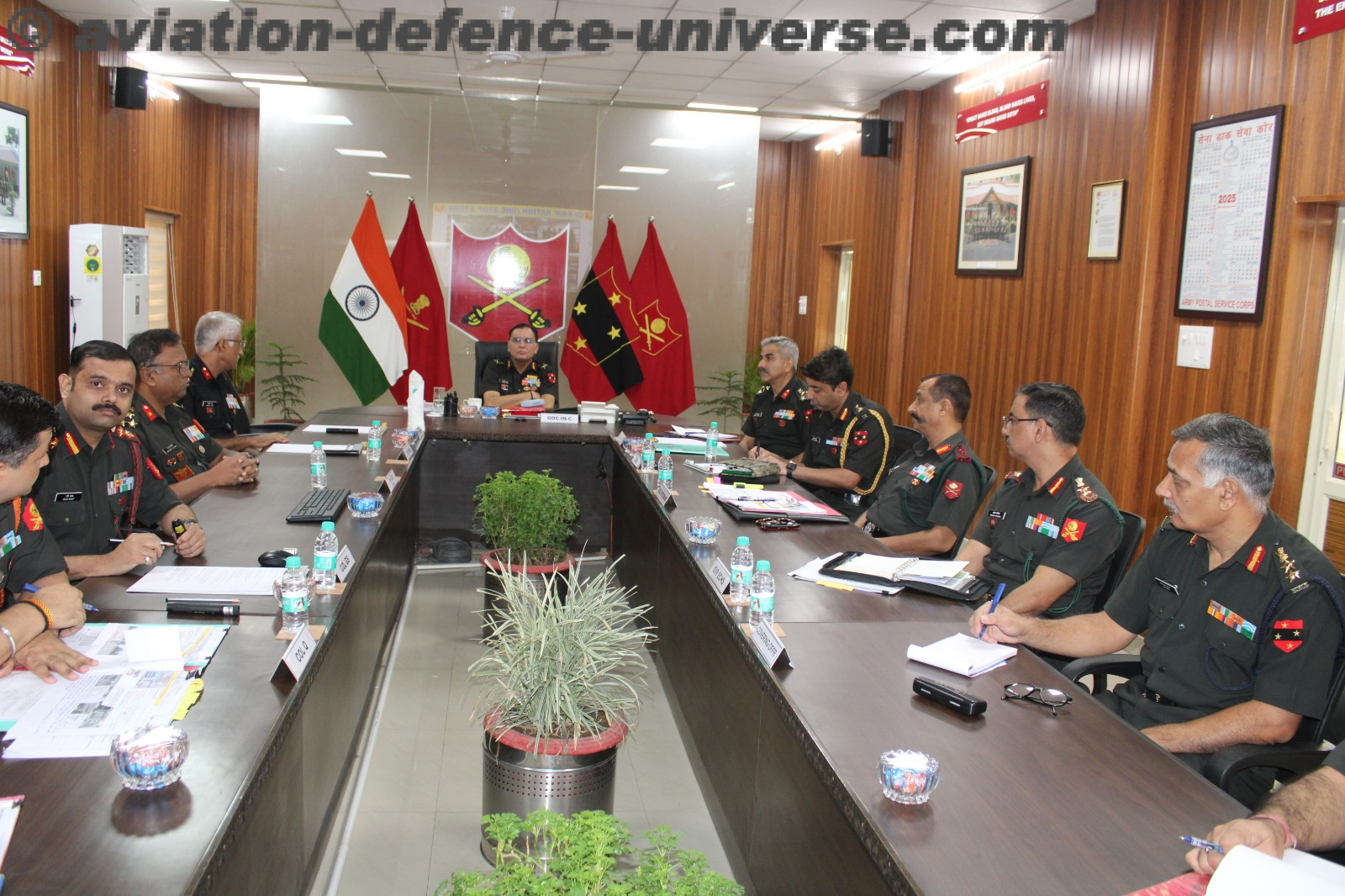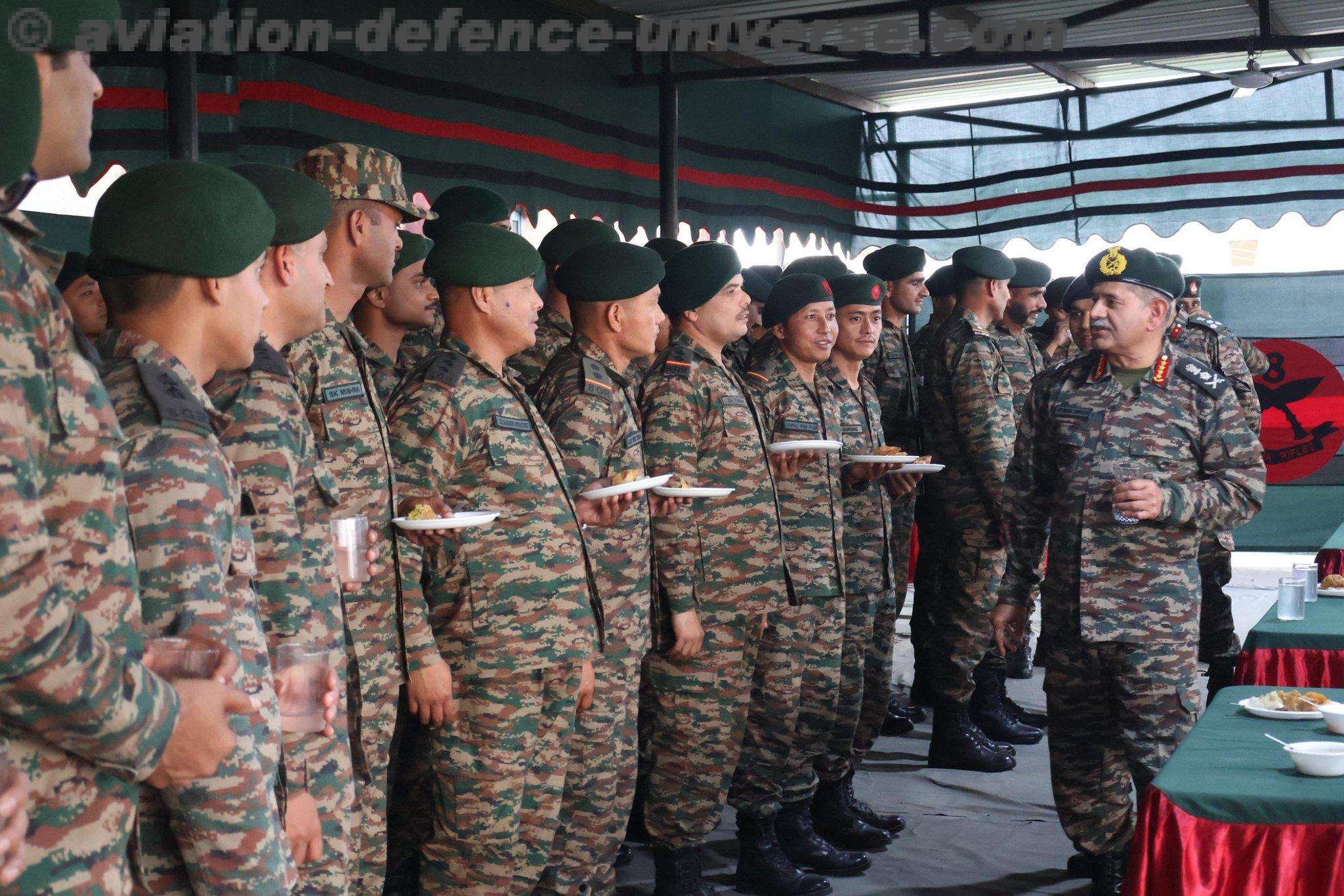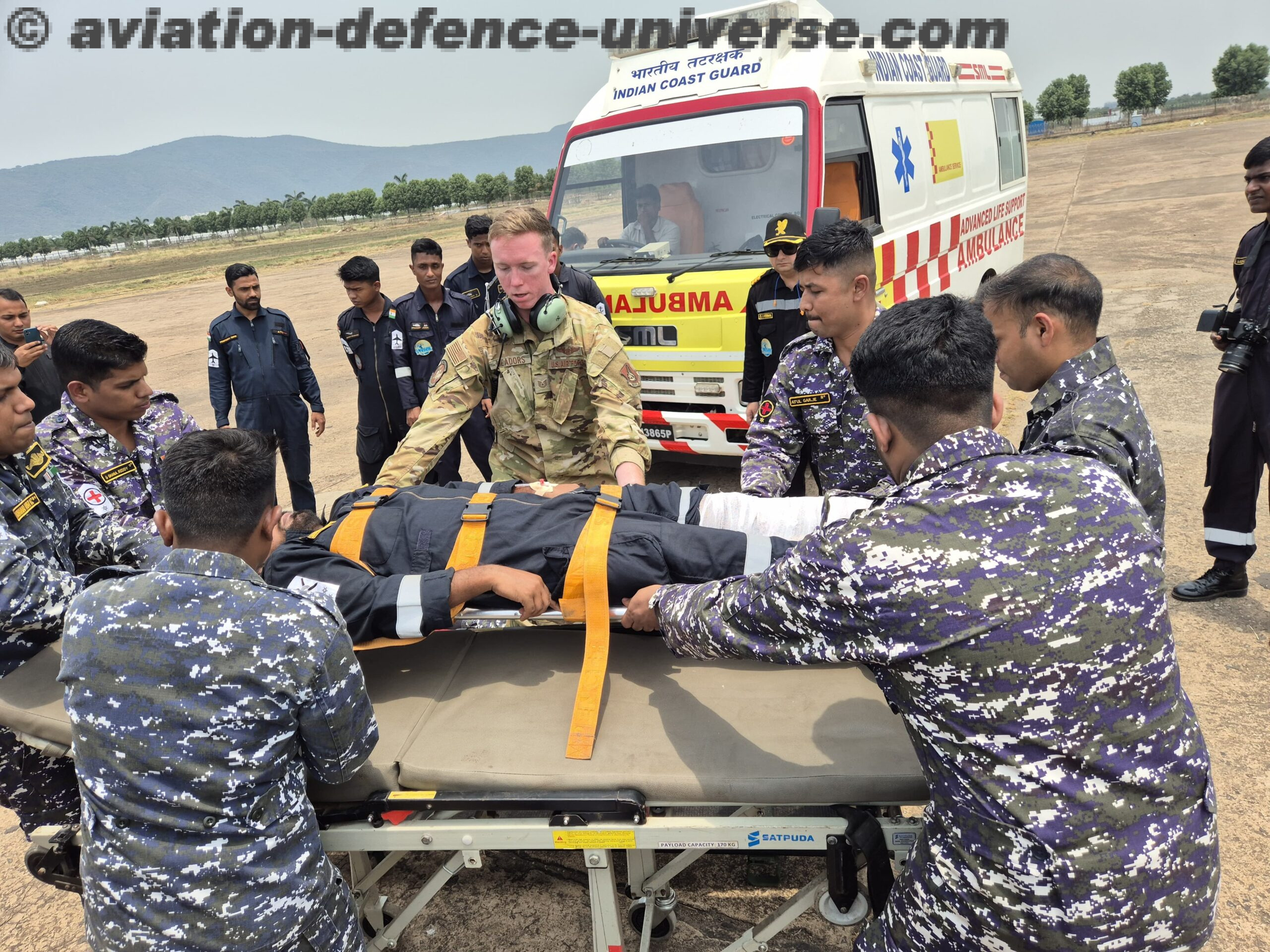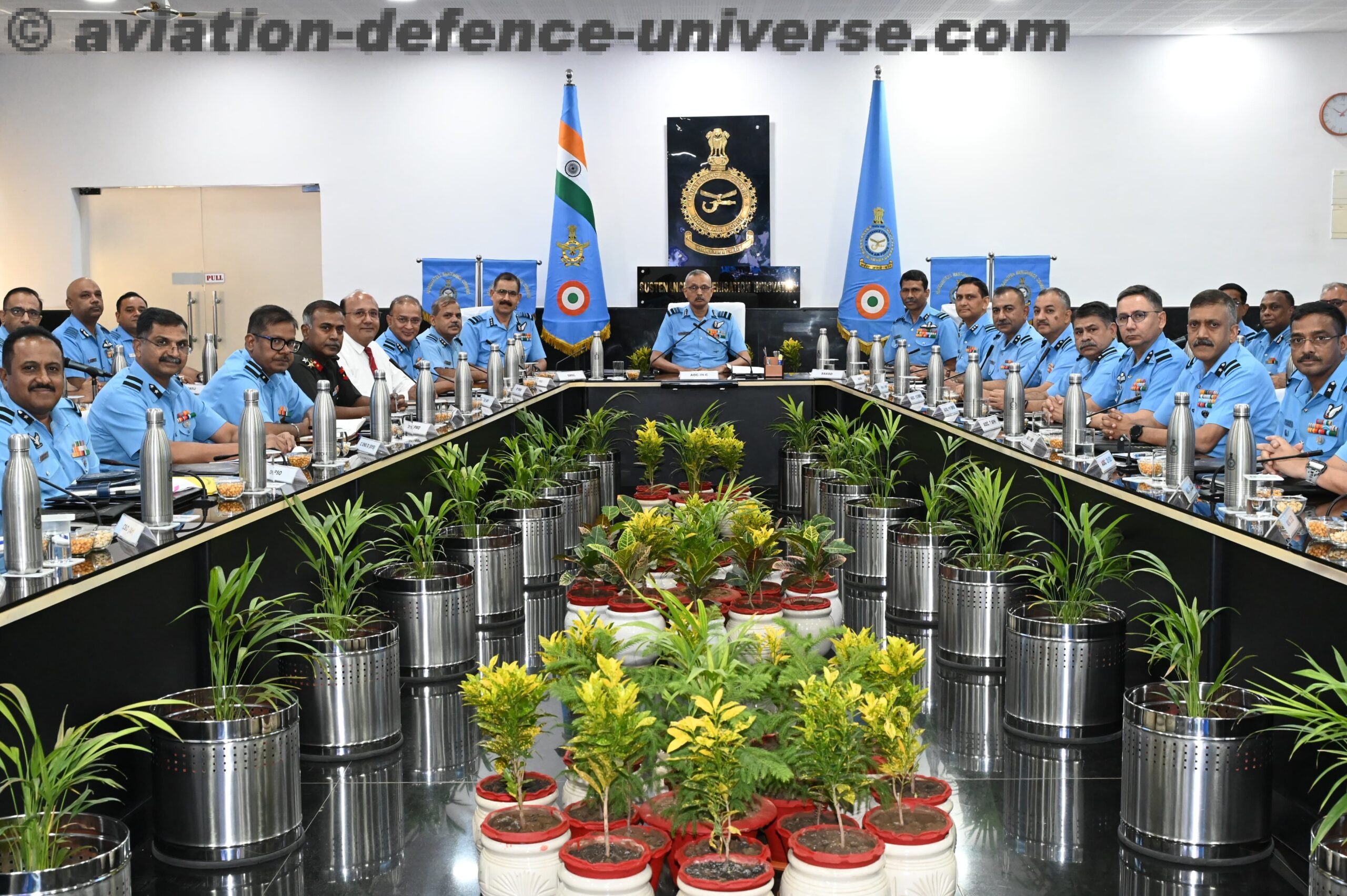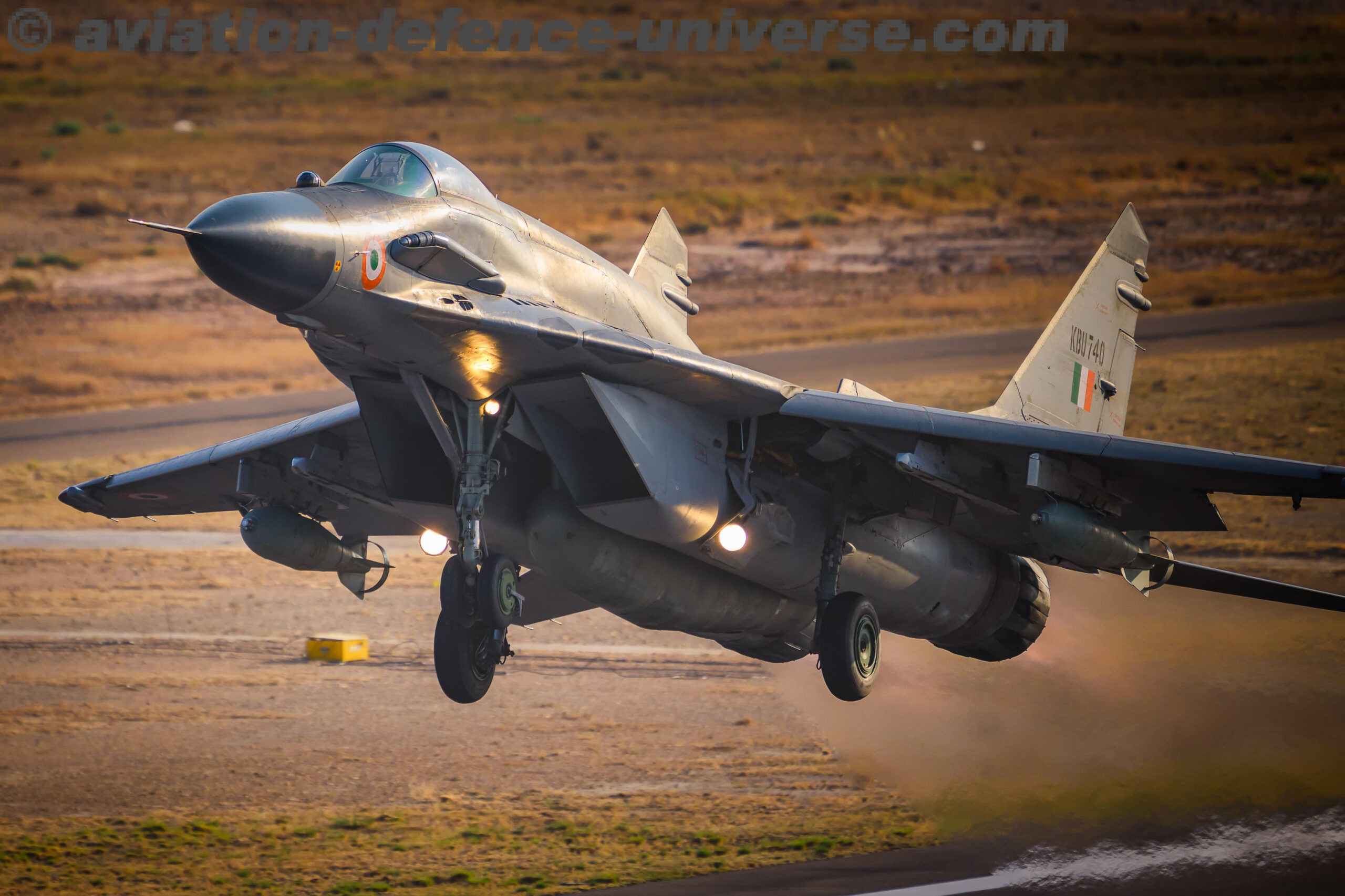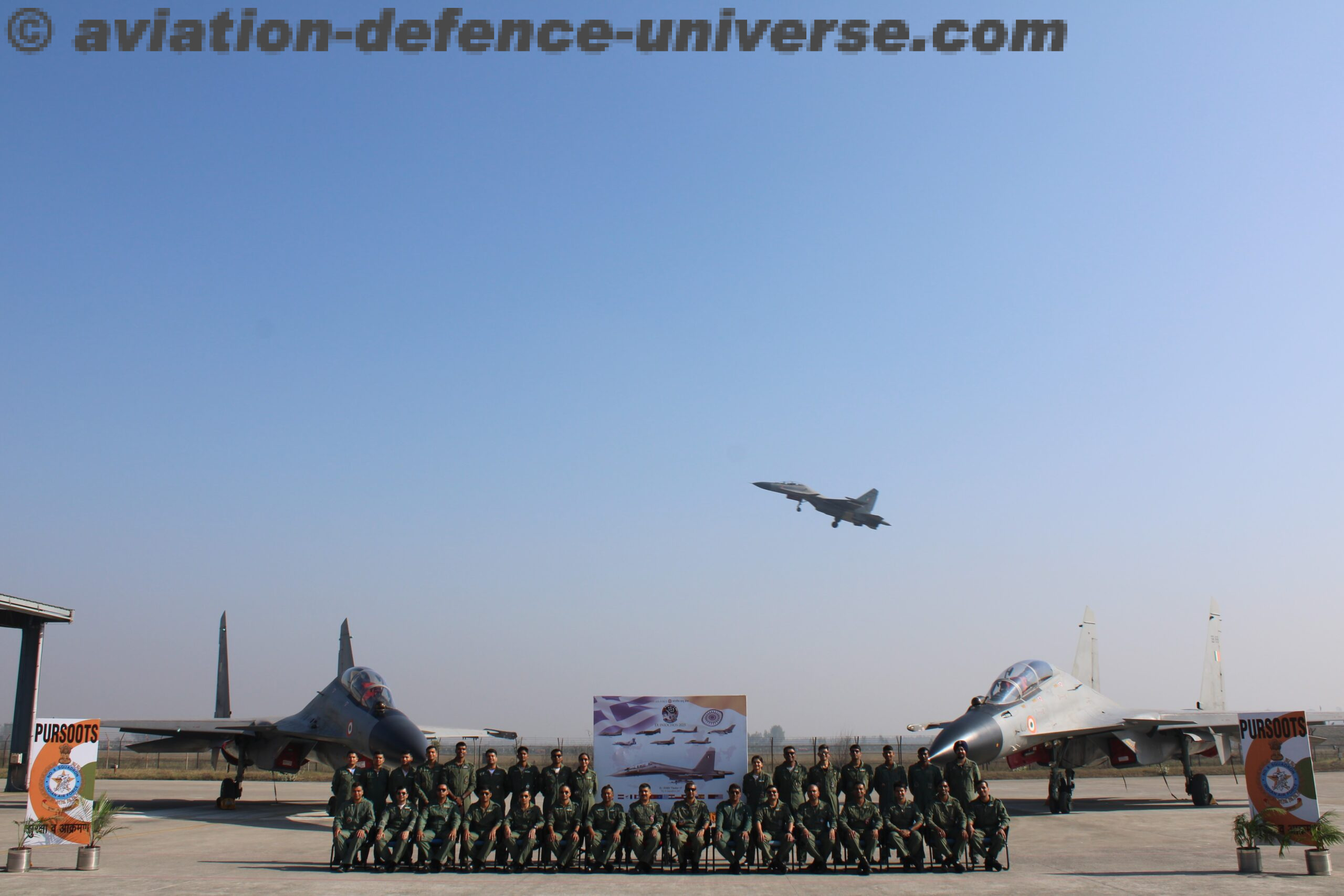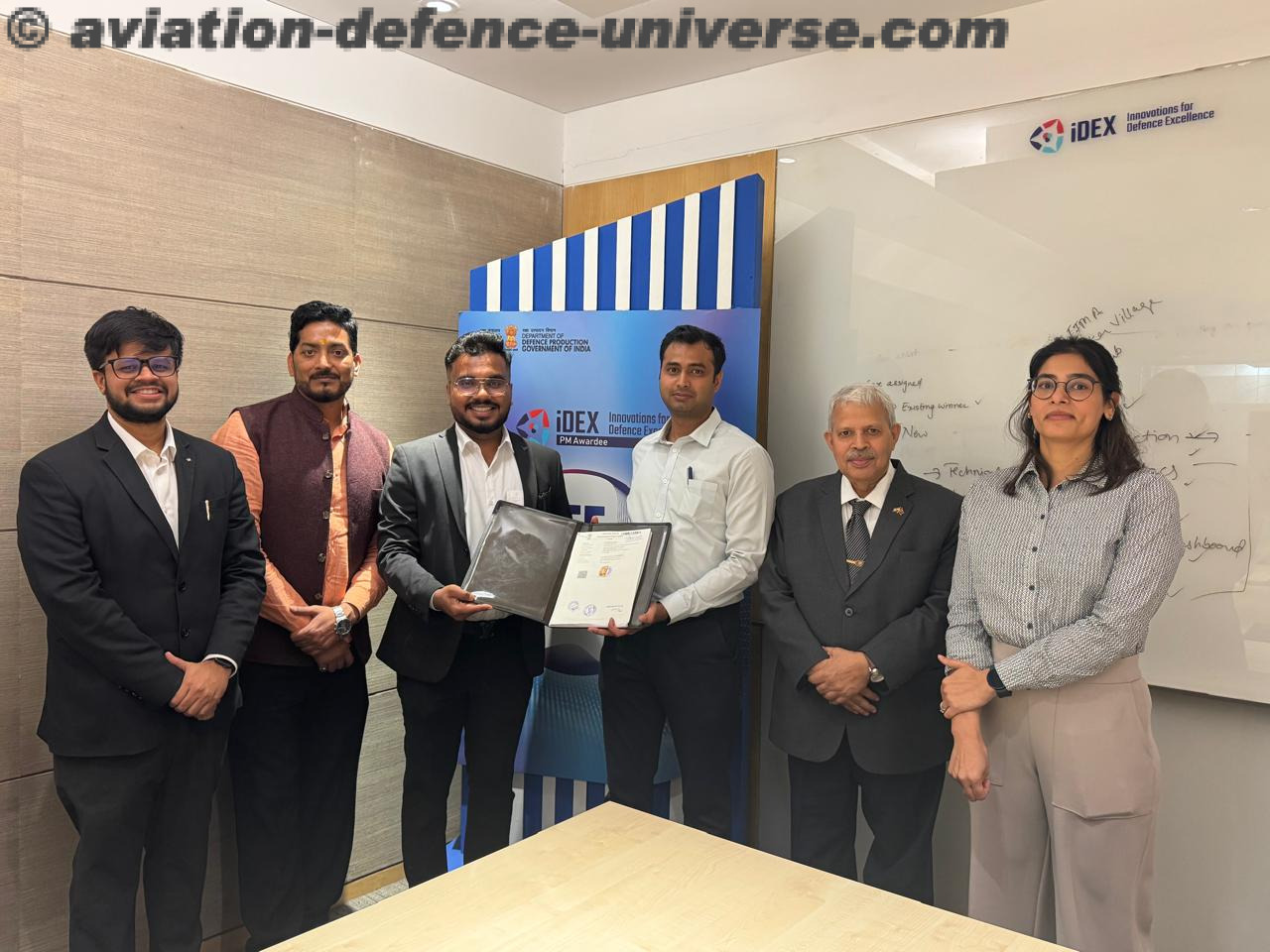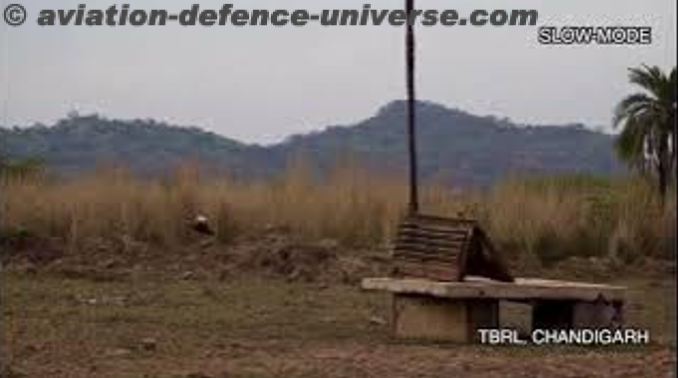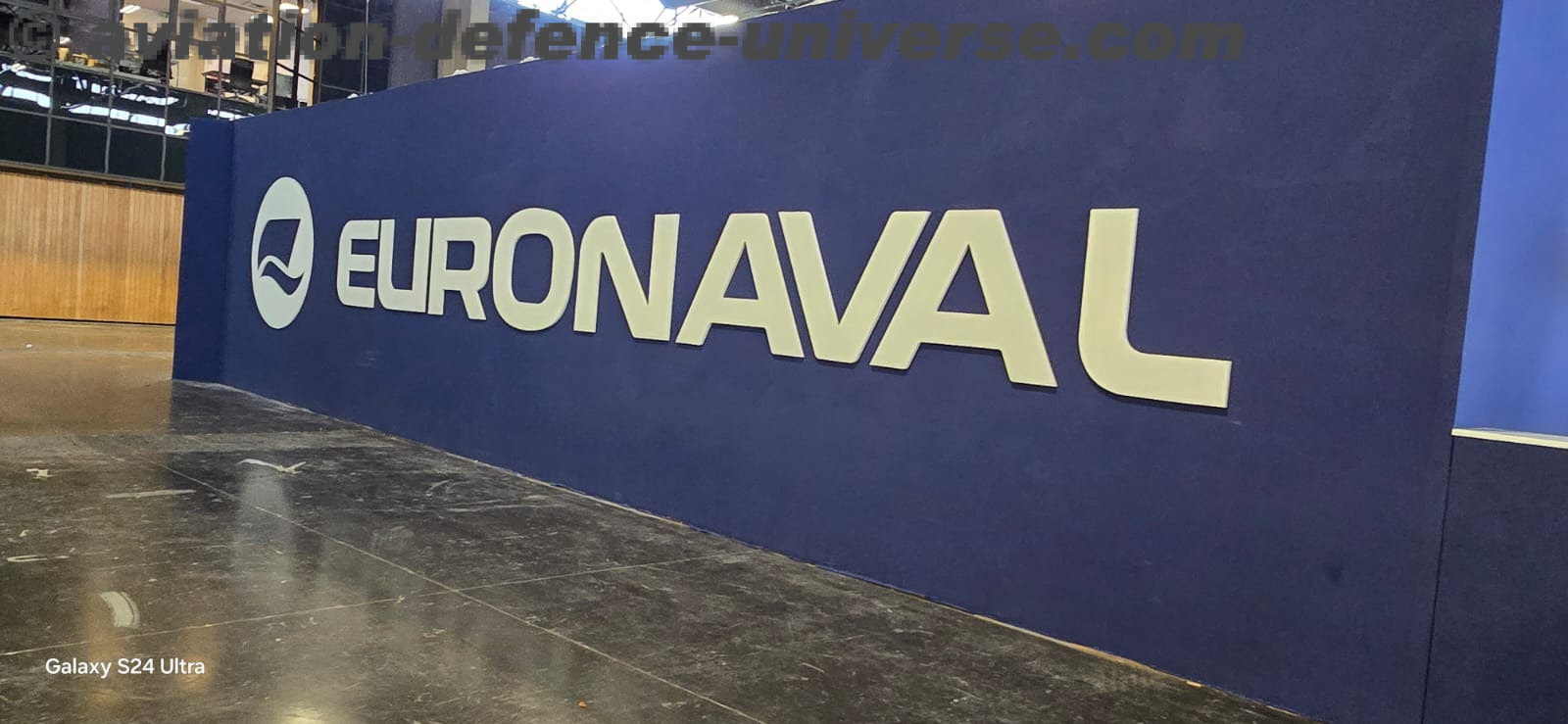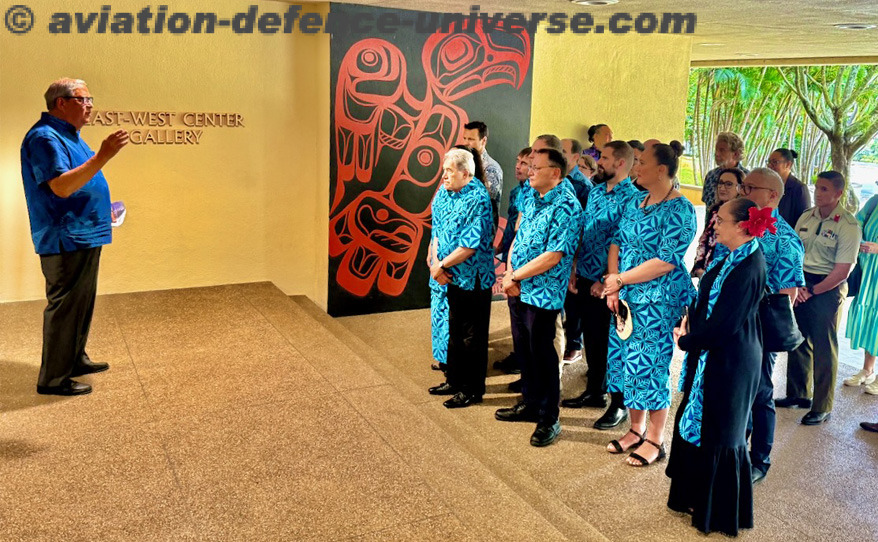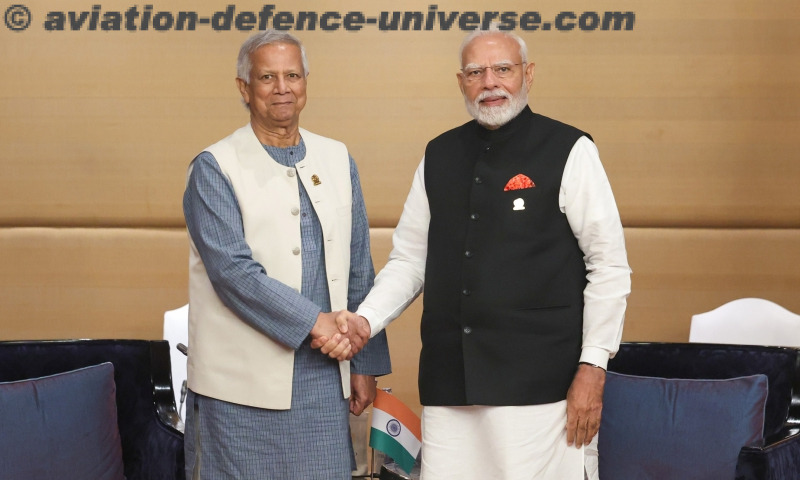- Team Wanderlust’s Stellar Journey
- Indian youth’s path to global recognition
By Sangeeta Saxena
Hyderabad. 14 August 2024. In an inspiring journey of innovation and perseverance, Team Wanderlust from the International Institute of Information Technology Hyderabad has made a remarkable achievement by launching their own CanSat—a satellite the size of a soda can—to a height of about 750 meters. This success marks the culmination of months of hard work, learning, and collaboration as the team navigated the complexities of satellite technology to compete in the prestigious CanSat 2024 competition. Organized by the American Astronautical Society in collaboration with NASA and other leading organizations, the competition challenged teams from around the world to design, build, and launch a CanSat, pushing the boundaries of their technical skills and creativity. Through determination and teamwork, the students transformed their initial concept into a reality, earning a place among the top teams globally and representing their institute and country on an international platform.
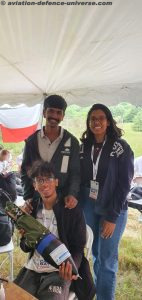 And what better than hearing the story from the horses’ mouth. Aviation & Defence Universe (ADU) met a member of the team at an aerospace event at Hyderabad recently and the rest was history. On the 77th year of independence no other narrative would have been able to give the nation it’s growth story which makes us proud citizens of a nation on the move. A stride which makes the nation soar. It is the Young India which is the cynosure of all eyes this time.
And what better than hearing the story from the horses’ mouth. Aviation & Defence Universe (ADU) met a member of the team at an aerospace event at Hyderabad recently and the rest was history. On the 77th year of independence no other narrative would have been able to give the nation it’s growth story which makes us proud citizens of a nation on the move. A stride which makes the nation soar. It is the Young India which is the cynosure of all eyes this time.
Launching Our CanSat: A Journey from Concept to Reality
We have launched our own CanSat to a height of about 1 km (750m) from the ground level. This achievement marks the culmination of a journey filled with learning, perseverance, and teamwork. Along with my team, we designed and fabricated our CanSat, utilizing 3D printing and PCB manufacturing to develop it. This incredible feat was made possible CanSat Competition, organized by the American Astronautical Society.
The Beginning: From Knowing Nothing to Building a Dream
 Our journey began in 2023 when we were third-year students with a dream of participating in the CanSat competition. With little knowledge about satellite technology, we embarked on a challenging yet exciting journey of learning and innovation.
Our journey began in 2023 when we were third-year students with a dream of participating in the CanSat competition. With little knowledge about satellite technology, we embarked on a challenging yet exciting journey of learning and innovation.
Preliminary Design Review (PDR)
The Preliminary Design Review (PDR) was our first significant milestone. It involved extensive research and brainstorming sessions to conceptualize our CanSat design. We studied various aspects of satellite technology, focusing on stabilization mechanisms and telemetry systems. Our goal was to create a design that could meet the competition’s rigorous requirements. We placed 4th globally in this round, which was an incredibly proud moment for our team.
Critical Design Review (CDR)
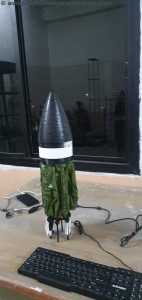 The Critical Design Review (CDR) phase was crucial for refining our design. We refined our design and made the design feasible for fabrication. This phase was characterized by detailed planning and validation of our design choices. We delved deeper into the mechanics heatshields and aerobraking systems, understanding their role in stabilizing our CanSat mid-air. We also tested and chose materials which could give us the optimal performance while satisfying the constraints set by the competition. Our design was appreciated by the judges in this round. We were invited to the launch weekend held in Virginia, USA. This was a turning point where our design started taking a tangible form and some of us also had to focus on the managerial aspects such as getting visas and sponsorships. The process was filled with challenges. However, there was great deal of camaraderie and esprit de corps which helped us overcome these obstacles. Our team’s dedication and collaborative spirit shone through as we worked tirelessly to bring our design to life and represent our team on an international platform representing our country.
The Critical Design Review (CDR) phase was crucial for refining our design. We refined our design and made the design feasible for fabrication. This phase was characterized by detailed planning and validation of our design choices. We delved deeper into the mechanics heatshields and aerobraking systems, understanding their role in stabilizing our CanSat mid-air. We also tested and chose materials which could give us the optimal performance while satisfying the constraints set by the competition. Our design was appreciated by the judges in this round. We were invited to the launch weekend held in Virginia, USA. This was a turning point where our design started taking a tangible form and some of us also had to focus on the managerial aspects such as getting visas and sponsorships. The process was filled with challenges. However, there was great deal of camaraderie and esprit de corps which helped us overcome these obstacles. Our team’s dedication and collaborative spirit shone through as we worked tirelessly to bring our design to life and represent our team on an international platform representing our country.
Launch Weekend
Due to logistic issues, only three of us represented the team and went to USA for the final leg of the competition – The Launch Weekend. We got to meet various teams from different countries. We understood their designs, took help from them to get our design working. After facing many challenges, our CanSat was flight ready. Those sleepless nights, and struggles were all worth it when our CanSat shot up in the sky majestically and descended.
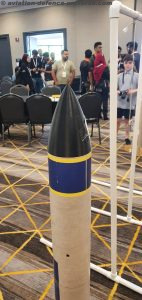 We had a wonderful time. Interacting with people from such diverse backgrounds gave us a new perspective. The launch weekend was overall a fun and enriching experience. From being one of the last member to join the team to carrying the team to USA as a Mission Control Officer and Team Lead, I learned a lot. We created beautiful memories which will forever be etched in my memory.
We had a wonderful time. Interacting with people from such diverse backgrounds gave us a new perspective. The launch weekend was overall a fun and enriching experience. From being one of the last member to join the team to carrying the team to USA as a Mission Control Officer and Team Lead, I learned a lot. We created beautiful memories which will forever be etched in my memory.
Our journey from knowing nothing to building and launching our CanSat has been a remarkable experience. This project has not only enriched our technical knowledge but also instilled in us the values of teamwork, perseverance, and innovation. We look forward to many more such endeavors in the future, contributing to the field of space exploration and innovation.
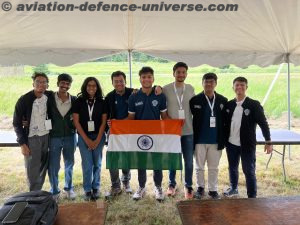 We were a group of students from International Institute of Information Technology, Hyderabad who started on this scientific journey together. Bollimuntha Shreya (UG3) – ECD, Aditya Ranjan Padhi (UG3) – ECD, Aniketh Parkala (UG3) – ECD, Gnaneswar Kulindala (UG3) – ECD, Sreyas Saminathan (UG3) – CSD, Shreyas Kumar Sinha(UG3) – CND, Mayank Goel (UG3) – CND, Harsh Kapoor (UG1) – ECD and Madhan Sai Krishna (UG1) – ECE. Finally three of us were flew to the US to participate in the CanSat. I Bollimuntha Shreya (UG3) – ECD and my team mates Aditya Ranjan Padhi (UG3) – ECD and Aniketh Parkala (UG3) – ECD.
We were a group of students from International Institute of Information Technology, Hyderabad who started on this scientific journey together. Bollimuntha Shreya (UG3) – ECD, Aditya Ranjan Padhi (UG3) – ECD, Aniketh Parkala (UG3) – ECD, Gnaneswar Kulindala (UG3) – ECD, Sreyas Saminathan (UG3) – CSD, Shreyas Kumar Sinha(UG3) – CND, Mayank Goel (UG3) – CND, Harsh Kapoor (UG1) – ECD and Madhan Sai Krishna (UG1) – ECE. Finally three of us were flew to the US to participate in the CanSat. I Bollimuntha Shreya (UG3) – ECD and my team mates Aditya Ranjan Padhi (UG3) – ECD and Aniketh Parkala (UG3) – ECD.
CanSat 2024 Competition was the CanSat competition, organized by the American Astronautical Society (AAS) in collaboration with NASA Goddard, U.S. Naval Research Laboratory, Lockheed Martin, Siemens, and others, challenges participants to design and build a satellite the size of a soda can. The goal is to create a CanSat that can ascend to a height of 750 meters, safely land back on the ground with an unboiled egg in the payload intact, and collect telemetry data through onboard sensors while transmitting it to the Ground Station Control real time.
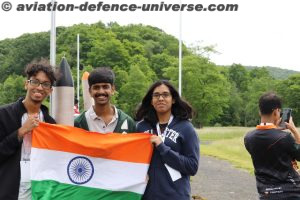 This hands-on competition allows participants to experience the workflow of a space mission, from conceptual design to integration, testing, actual operation, and post-mission analysis. Teams from universities and colleges around the world compete in this annual event. After 3 phases of the competition, Team Wanderlust from International Institute of Information Technology Hyderabad was invited to participate in the world finals in Virginia. The team participated in the Launch Weekend and was ranked 30th in the competition globally.
This hands-on competition allows participants to experience the workflow of a space mission, from conceptual design to integration, testing, actual operation, and post-mission analysis. Teams from universities and colleges around the world compete in this annual event. After 3 phases of the competition, Team Wanderlust from International Institute of Information Technology Hyderabad was invited to participate in the world finals in Virginia. The team participated in the Launch Weekend and was ranked 30th in the competition globally.
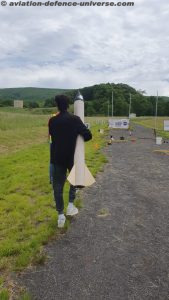 The journey of Team Wanderlust from the International Institute of Information Technology Hyderabad in the CanSat 2024 competition has been a testament to their dedication, ingenuity, and collaborative spirit. From their early days of conceptualizing the CanSat design to overcoming challenges and launching it successfully, the team demonstrated exceptional commitment and resilience. Their participation in the Launch Weekend in Virginia and the experience of competing against the best teams globally provided invaluable lessons and memories that will last a lifetime. Finishing 30th in the world, Team Wanderlust’s achievement is not just a technical triumph but also a story of how passion and perseverance can lead to success. As they look ahead, this experience will undoubtedly serve as a foundation for future endeavors in space exploration and innovation, contributing to their growth as engineers and innovators.
The journey of Team Wanderlust from the International Institute of Information Technology Hyderabad in the CanSat 2024 competition has been a testament to their dedication, ingenuity, and collaborative spirit. From their early days of conceptualizing the CanSat design to overcoming challenges and launching it successfully, the team demonstrated exceptional commitment and resilience. Their participation in the Launch Weekend in Virginia and the experience of competing against the best teams globally provided invaluable lessons and memories that will last a lifetime. Finishing 30th in the world, Team Wanderlust’s achievement is not just a technical triumph but also a story of how passion and perseverance can lead to success. As they look ahead, this experience will undoubtedly serve as a foundation for future endeavors in space exploration and innovation, contributing to their growth as engineers and innovators.
The website states that design a CanSat that consists of a payload and a container that mounts on top of the rocket. The payload rests inside the container at launch and includes the nose cone as part of the payload. The container with the payload shall deploy from the rocket when the rocket reaches peak altitude and the rocket motor ejection forces a separation. The container with the payload shall descend at a rate of no more than 20 meters/second using a parachute that automatically deploys at separation. At 75% peak altitude, the payload shall separate from the container and descend using an auto-gyro descent control system until landing. The descent rate shall be 5 meters/second. A video camera shall show the separation of the parachute from the payload and the auto-gyro functioning. A second video camera shall be pointing downward at 45 degrees from nadir and oriented north during descent and be spin stabilized so that the view of the earth is not rotating. The CanSat shall collect sensor data during ascent and descent and transmit the data to a ground station at a 1 Hz rate. The sensor data shall include interior temperature, battery voltage, altitude, auto-gyro rotation rate, acceleration, rate, magnetic field, and GPS position.
And Team India at CanSat did just this! And for the daughter of an Army Colonel and the sister of an Airforce Pilot this was an inspirational journey .


